Added an entry to Atlas Obscura:
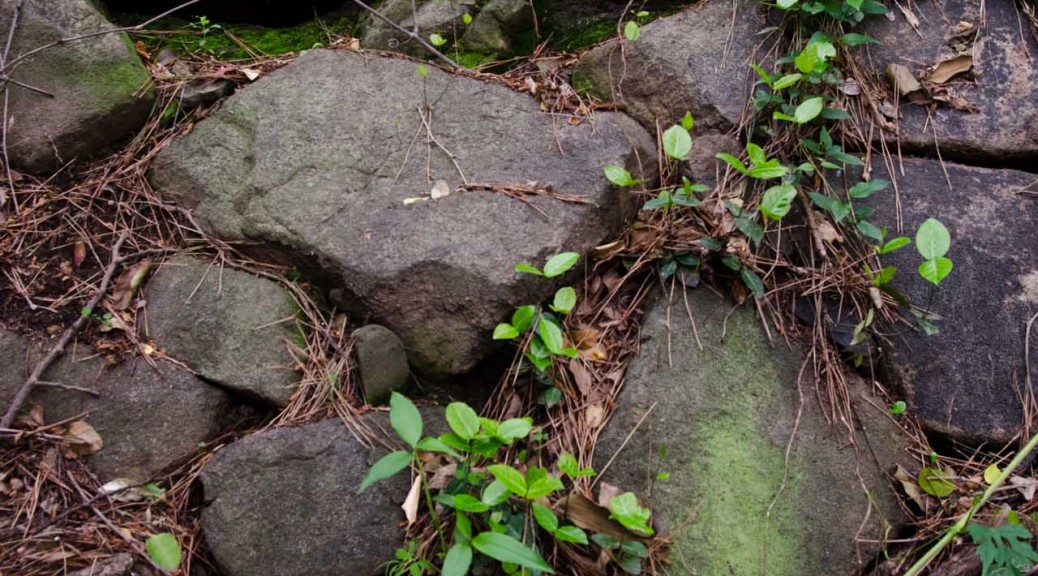

Added an entry to Atlas Obscura:
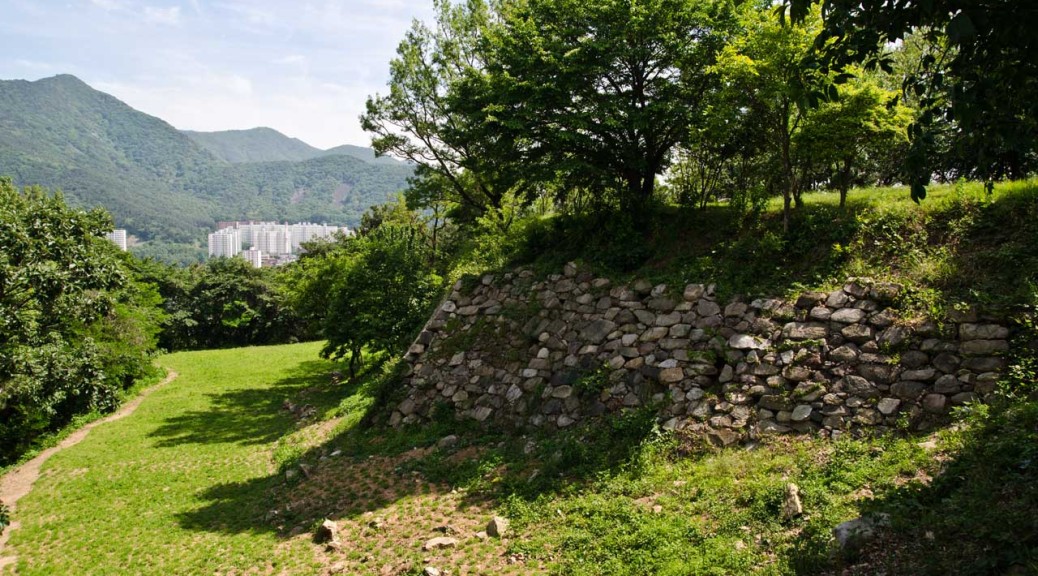
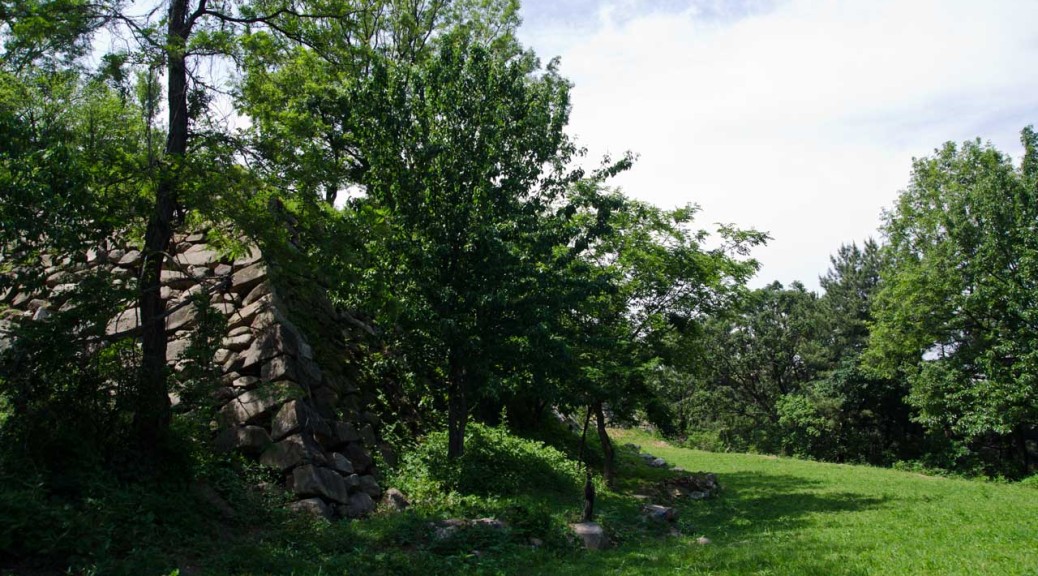
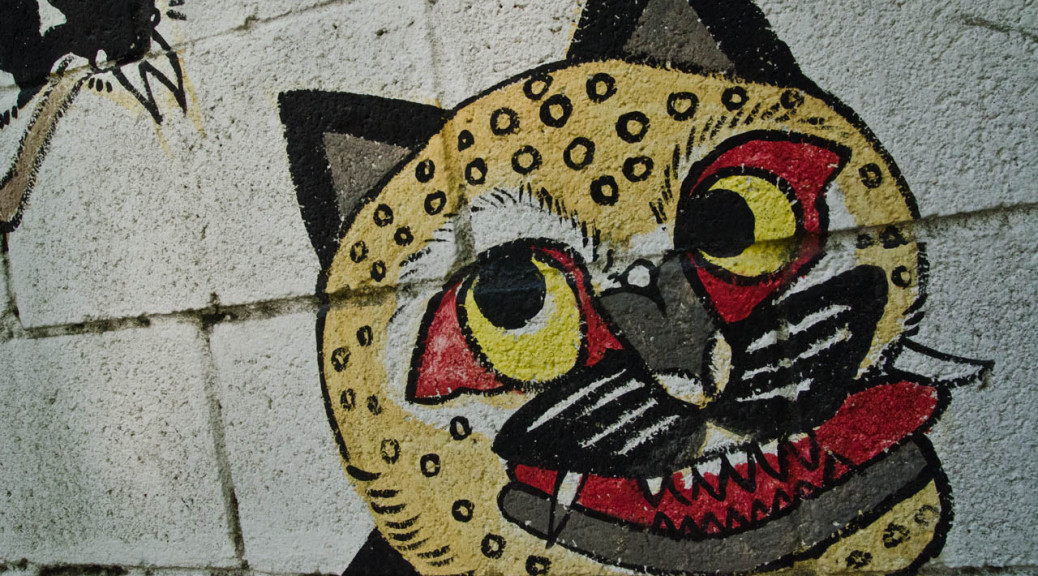
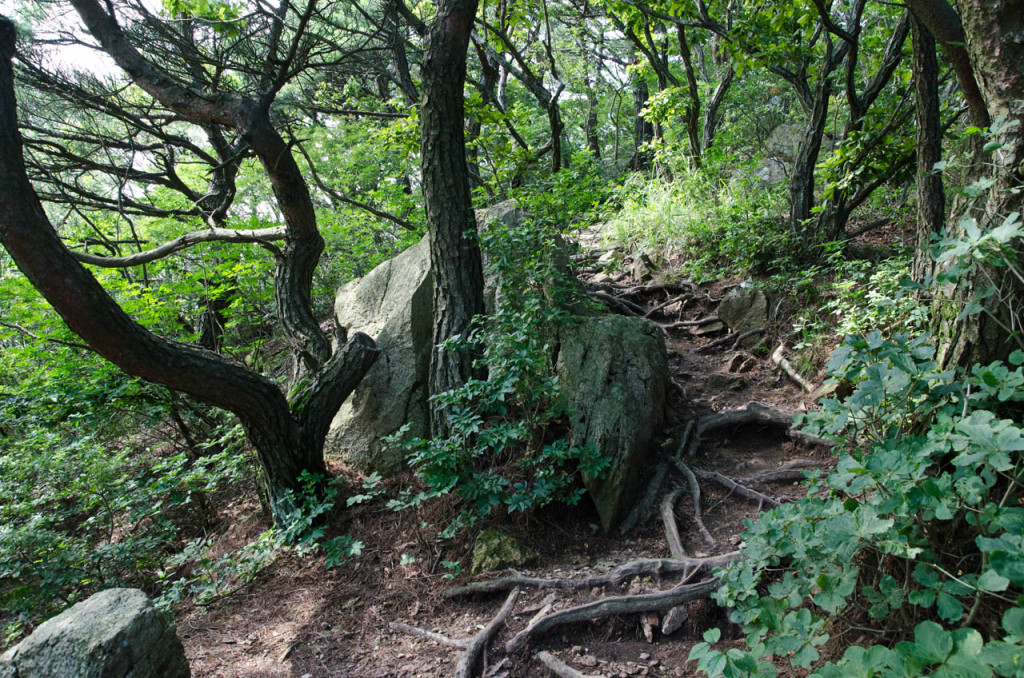 Hiked from Sajik to PNU.
Hiked from Sajik to PNU. 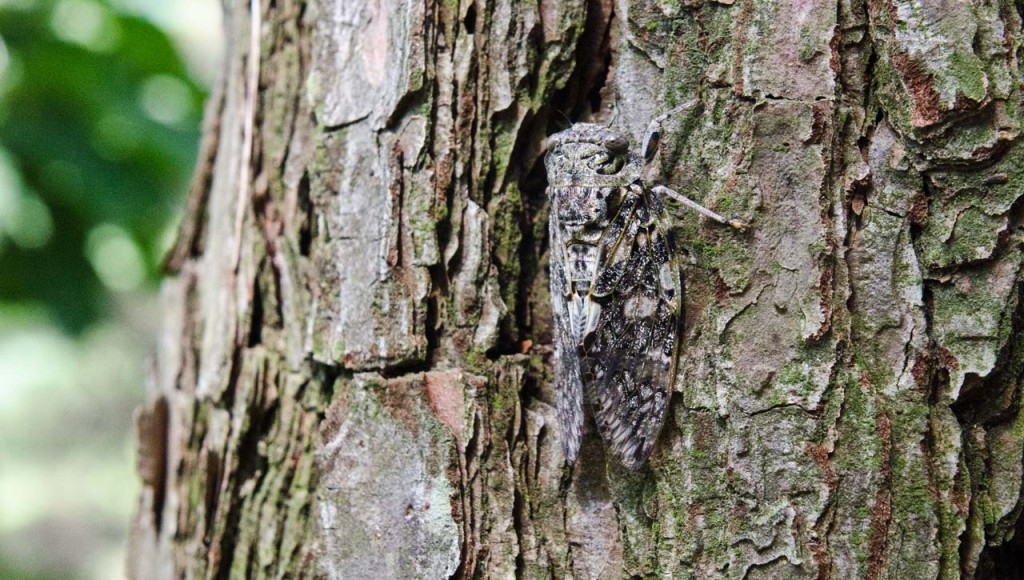 Memi in hiding.
Memi in hiding.
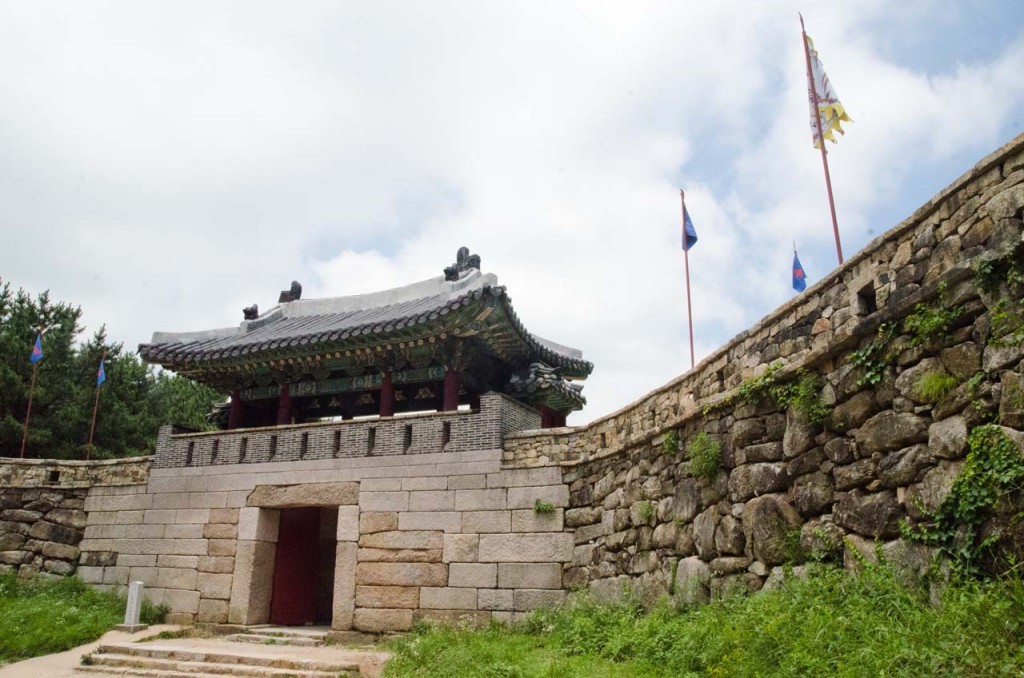
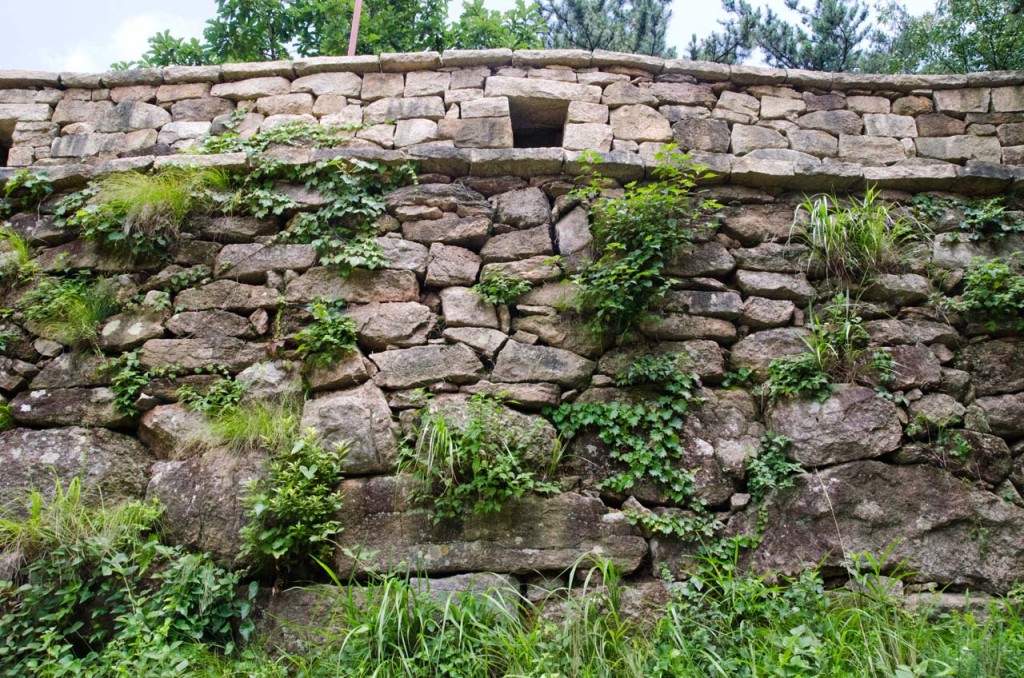 Had lunch near the south gate of a mountain fortress 金井山城南門.
Had lunch near the south gate of a mountain fortress 金井山城南門.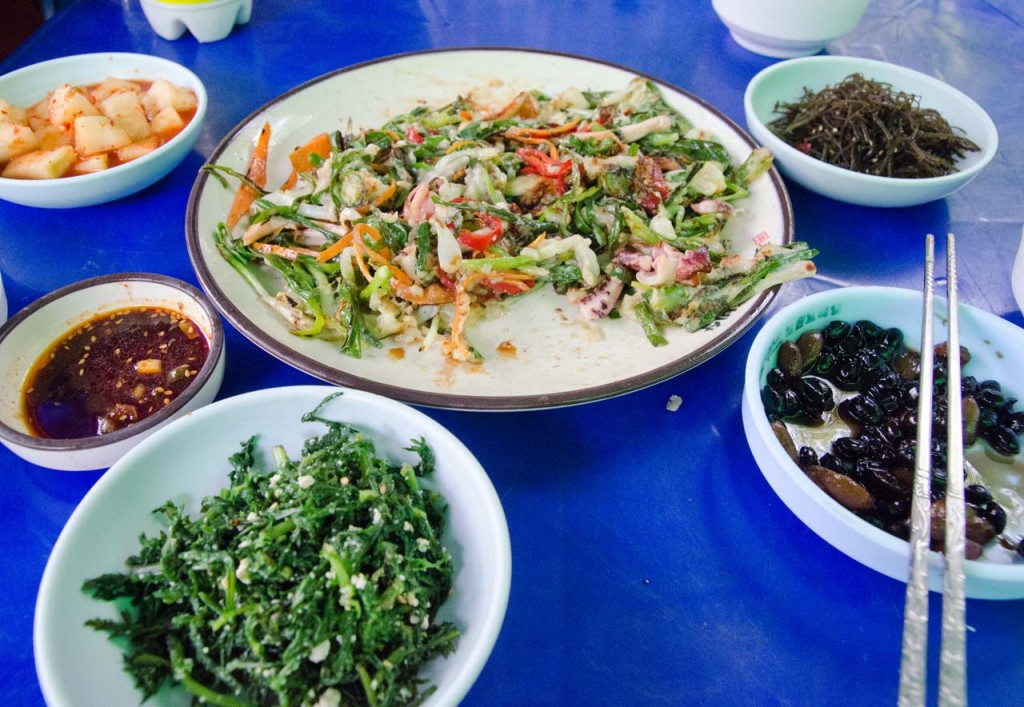
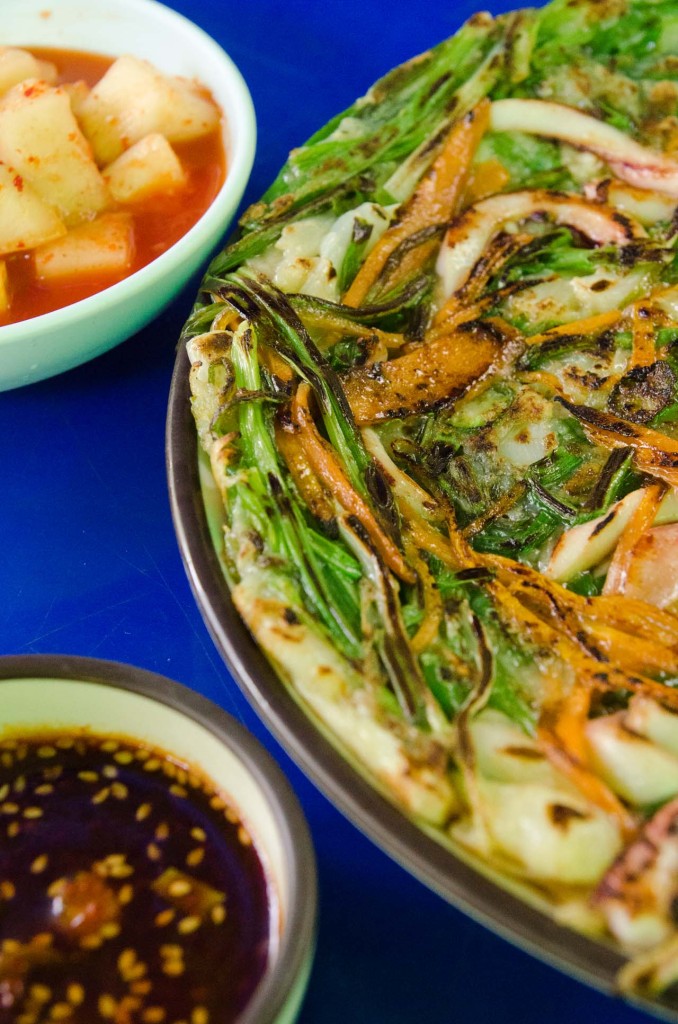
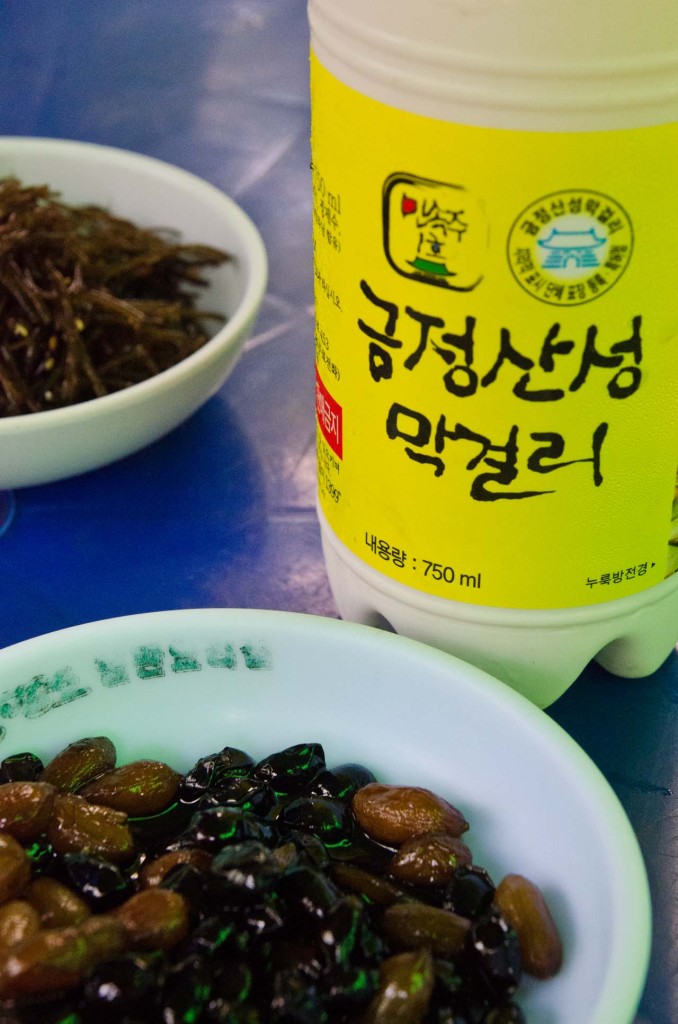 Ate the pajeon. Drank the makgeolli.
Ate the pajeon. Drank the makgeolli.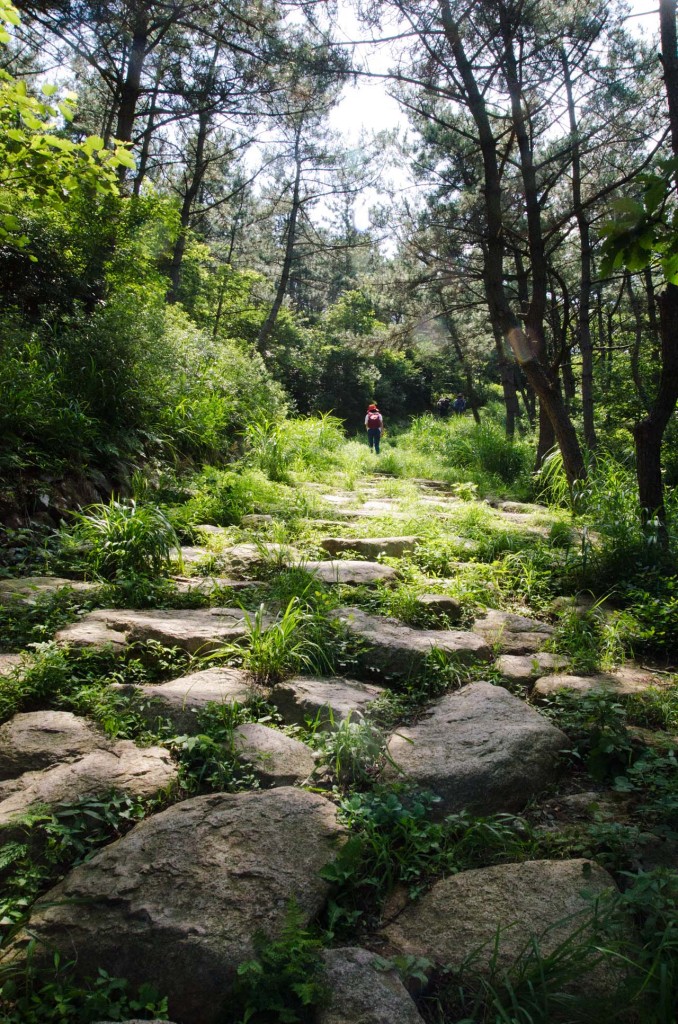
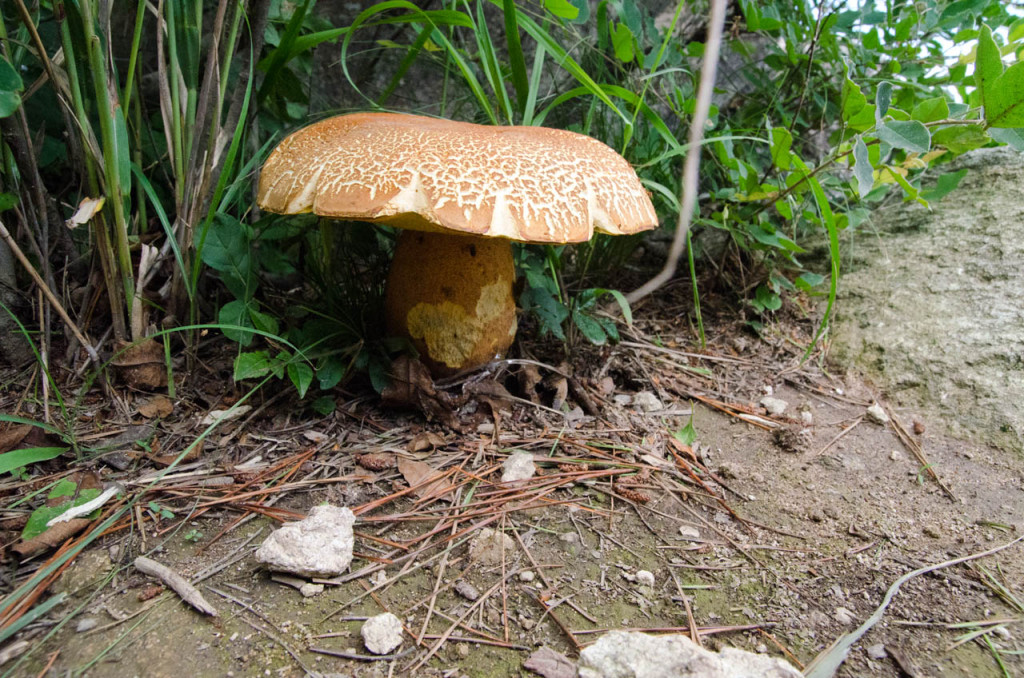
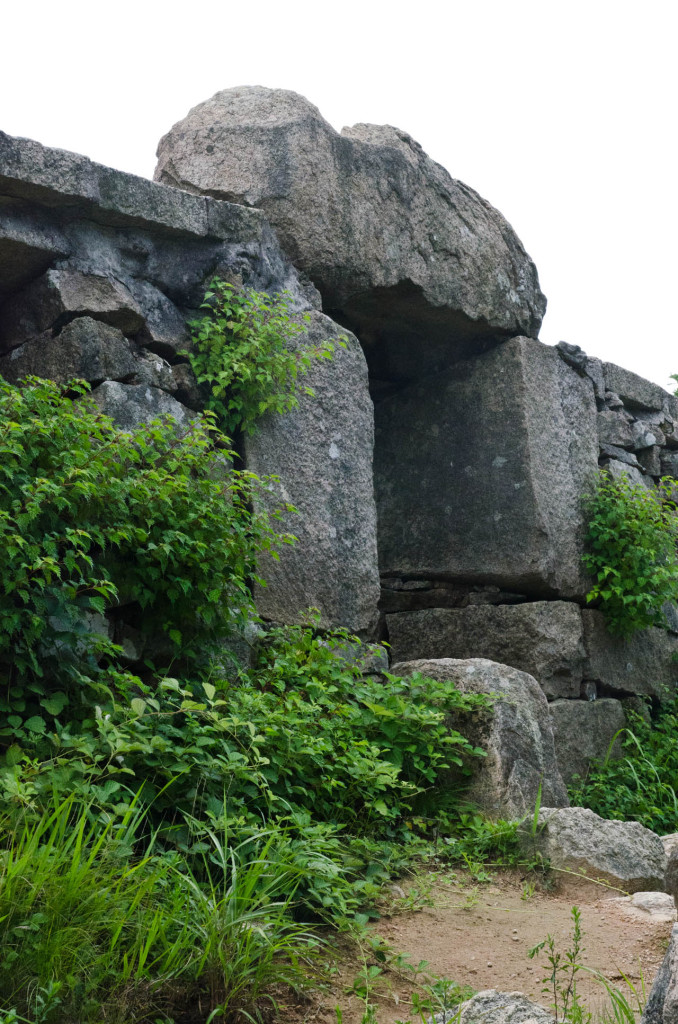 Ruins.
Ruins.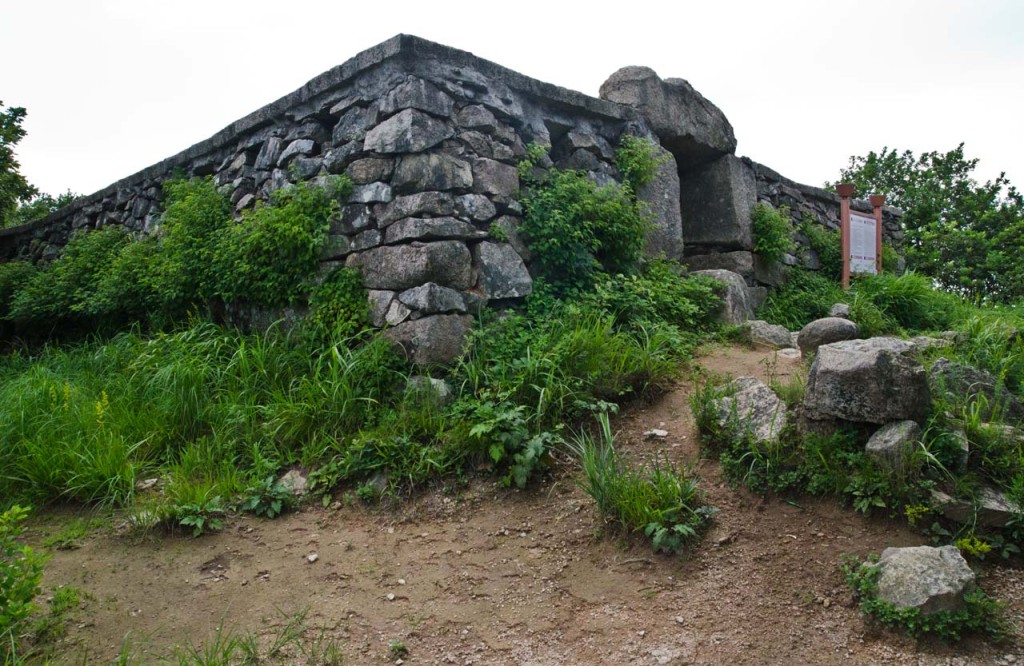
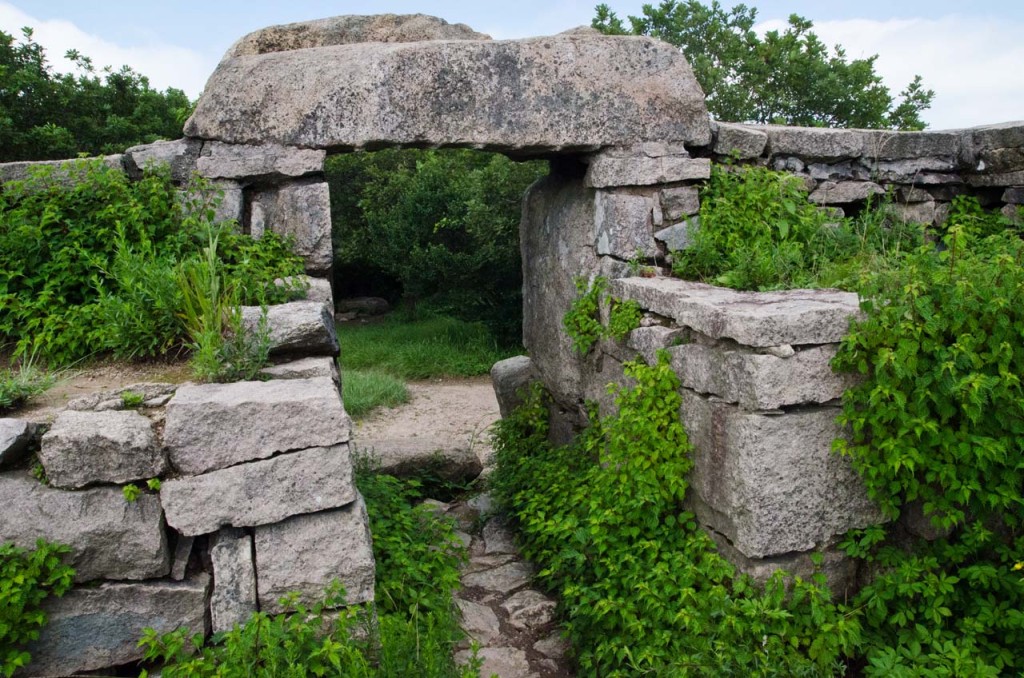
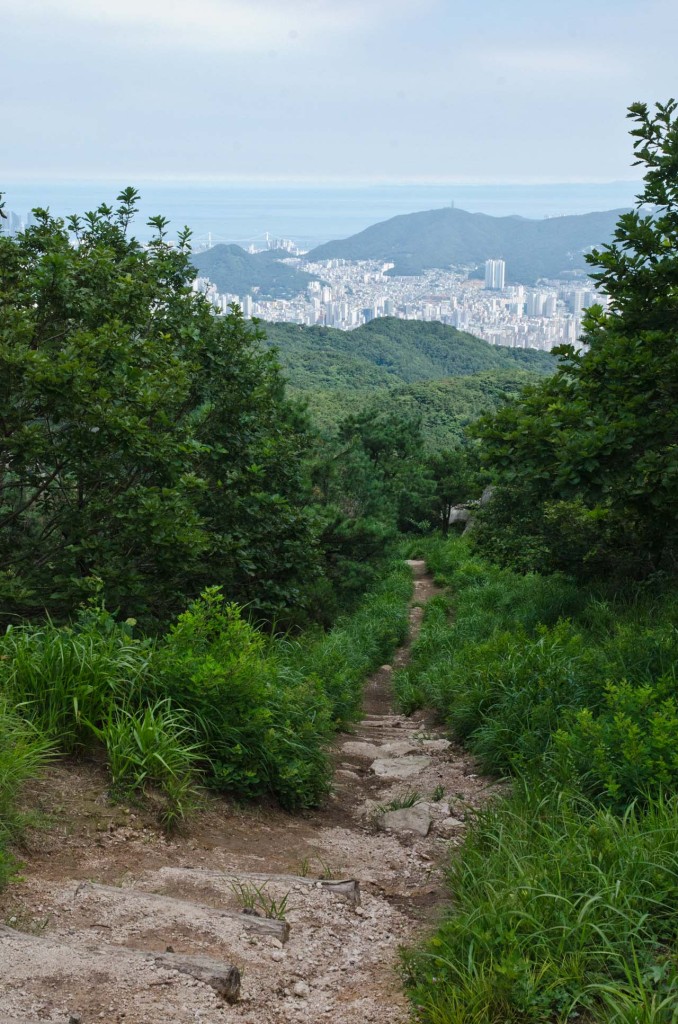 Gwangan, Baesan mountain, and the Pacific Ocean in the distance.
Gwangan, Baesan mountain, and the Pacific Ocean in the distance.
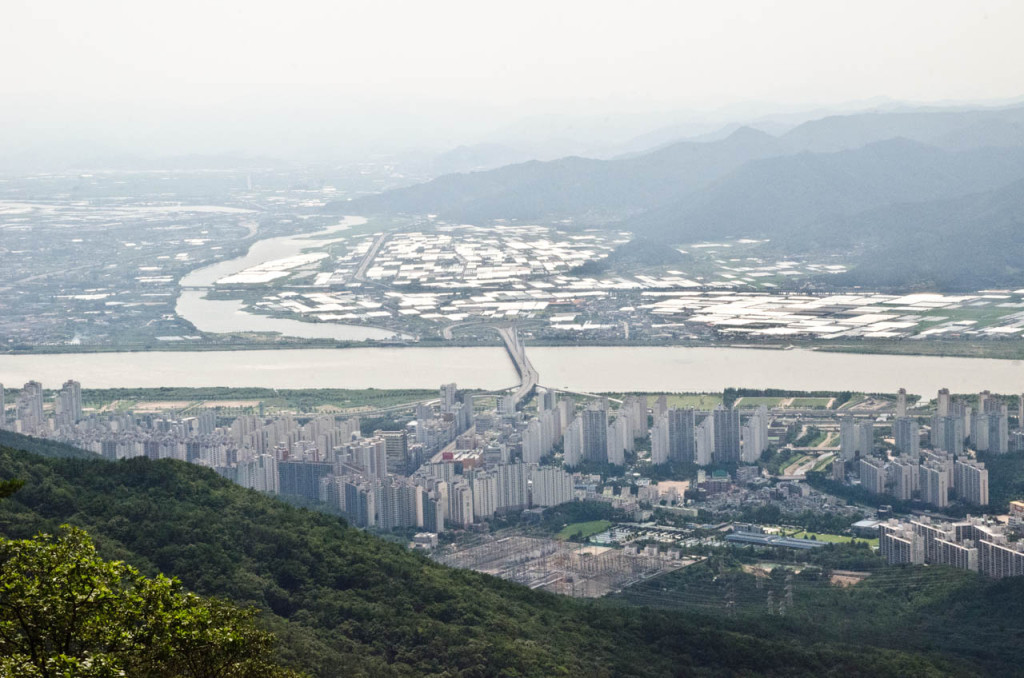 The fork that divides the Nakdong 洛東江 and the West Nakdong 西洛東江.
The fork that divides the Nakdong 洛東江 and the West Nakdong 西洛東江.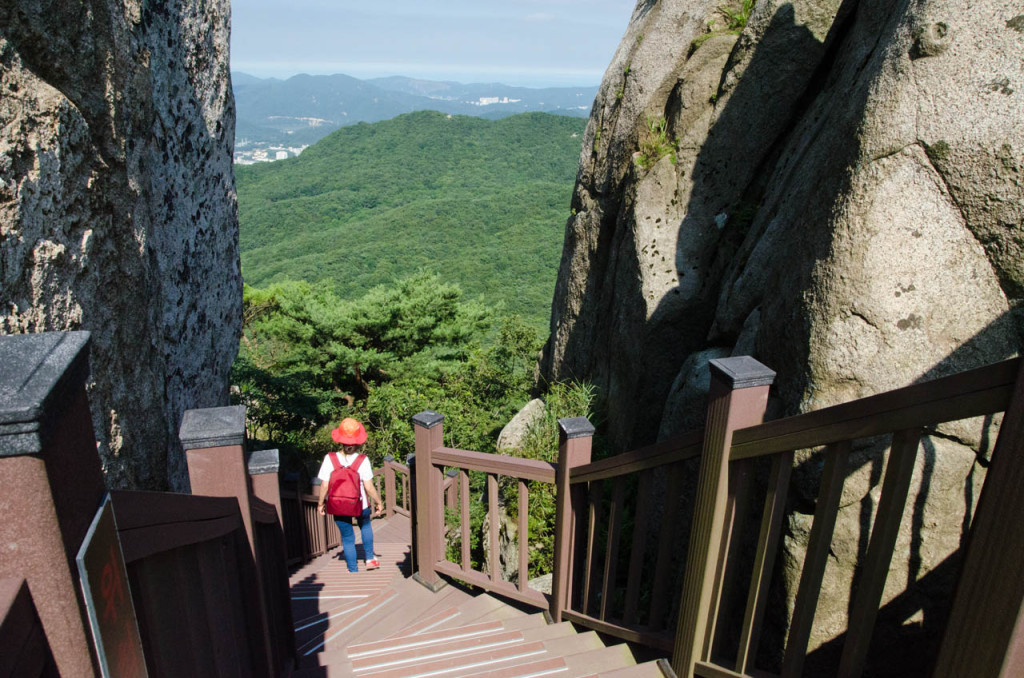
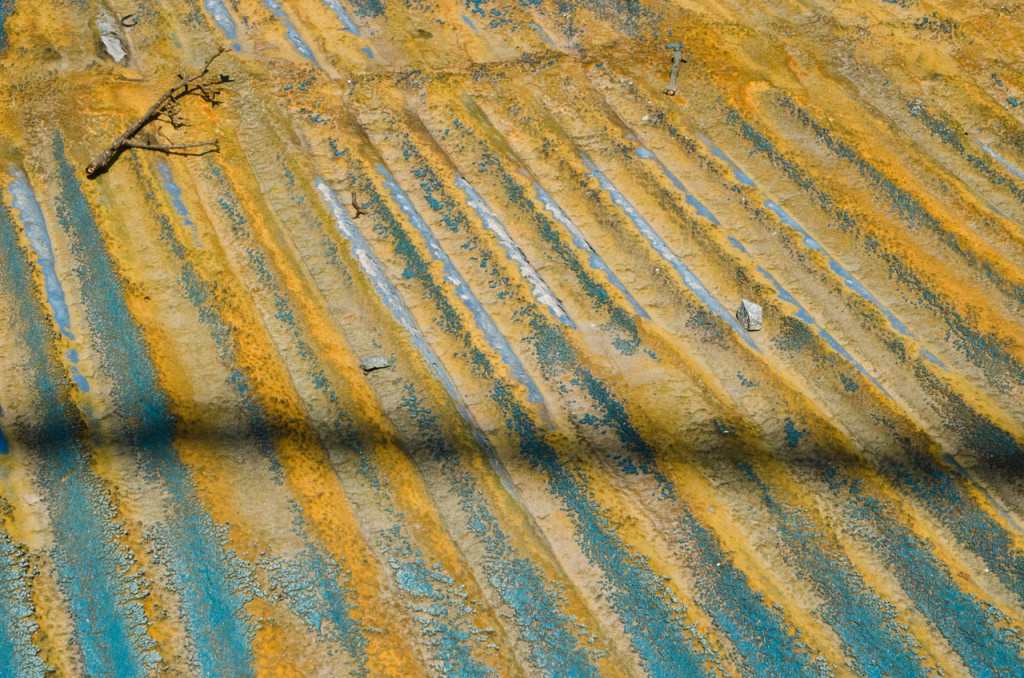 Roof geology.
Roof geology. 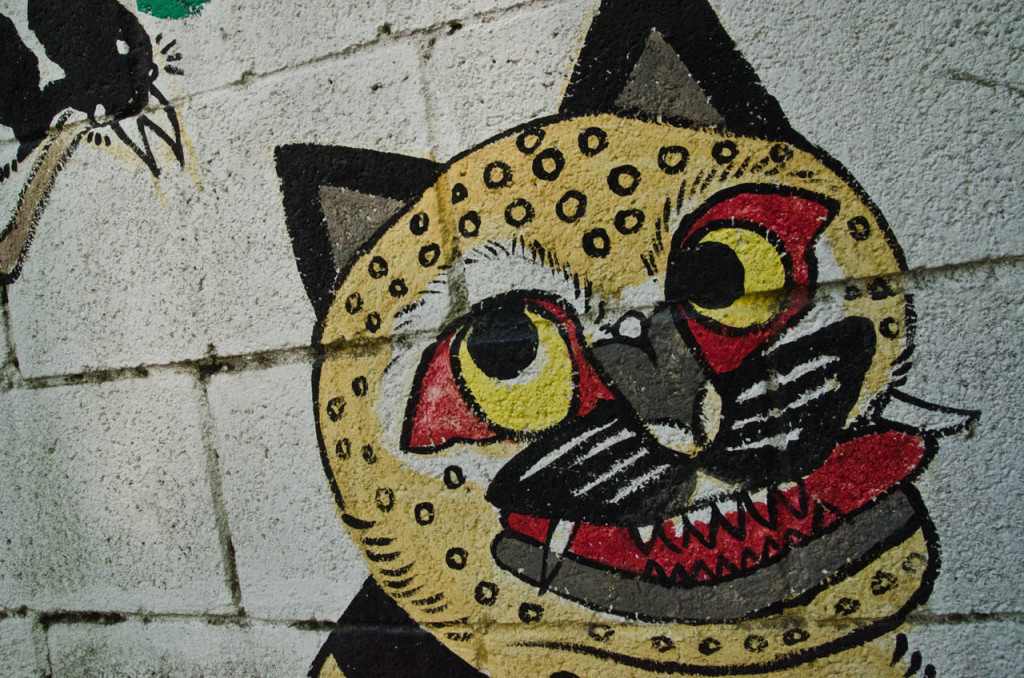 Saw an old friend. 호랑이 | 虎狼.
Saw an old friend. 호랑이 | 虎狼. 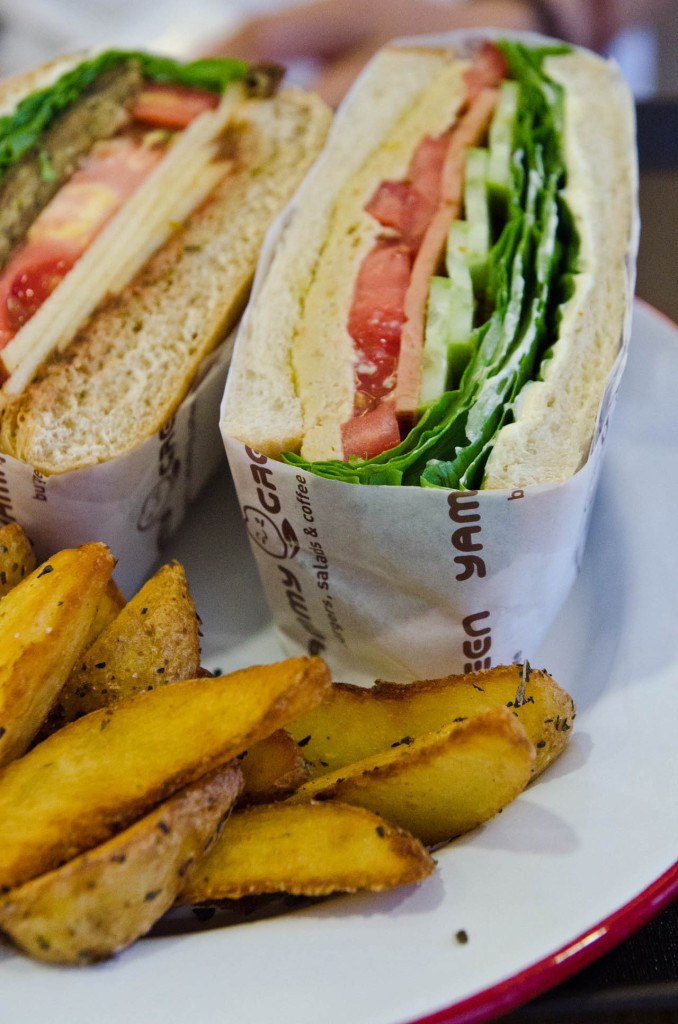 Had dinner at Yammy Green near Baesan mountain.
Had dinner at Yammy Green near Baesan mountain. 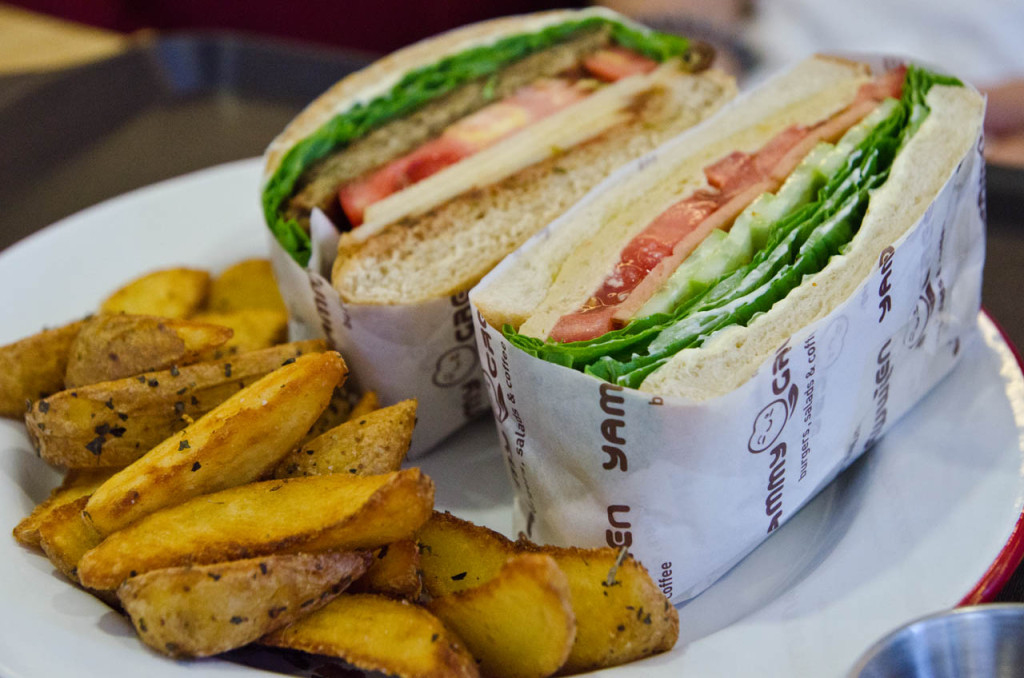 Delicious hummus sandwiches and vegan burgers.
Delicious hummus sandwiches and vegan burgers.
Walked south, towards Gwangan. 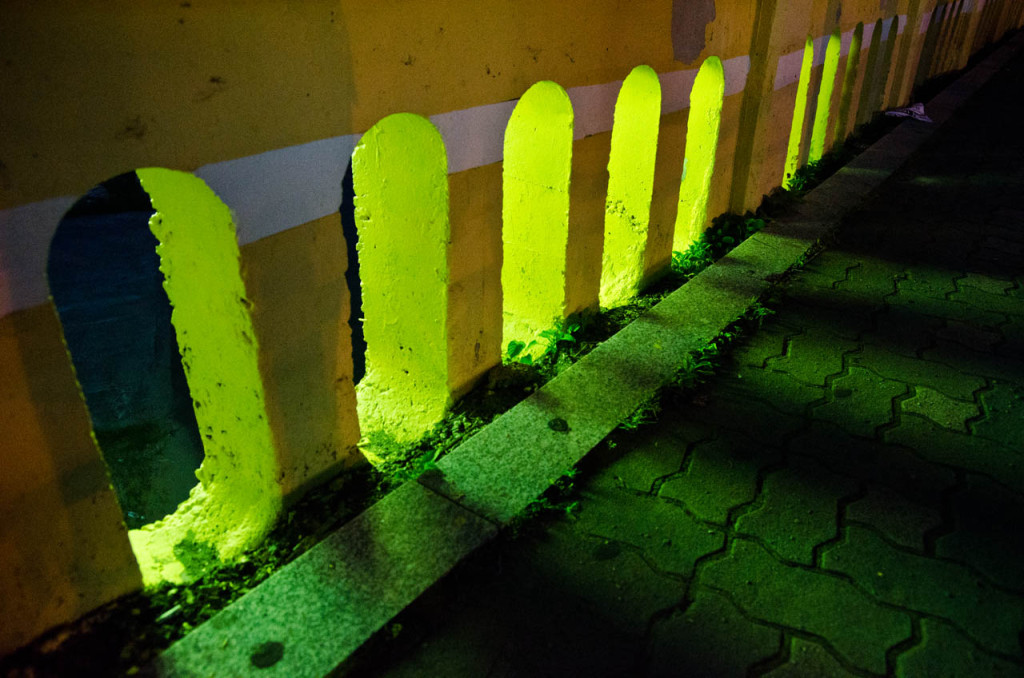 Patterns and light on Gobun road.
Patterns and light on Gobun road. 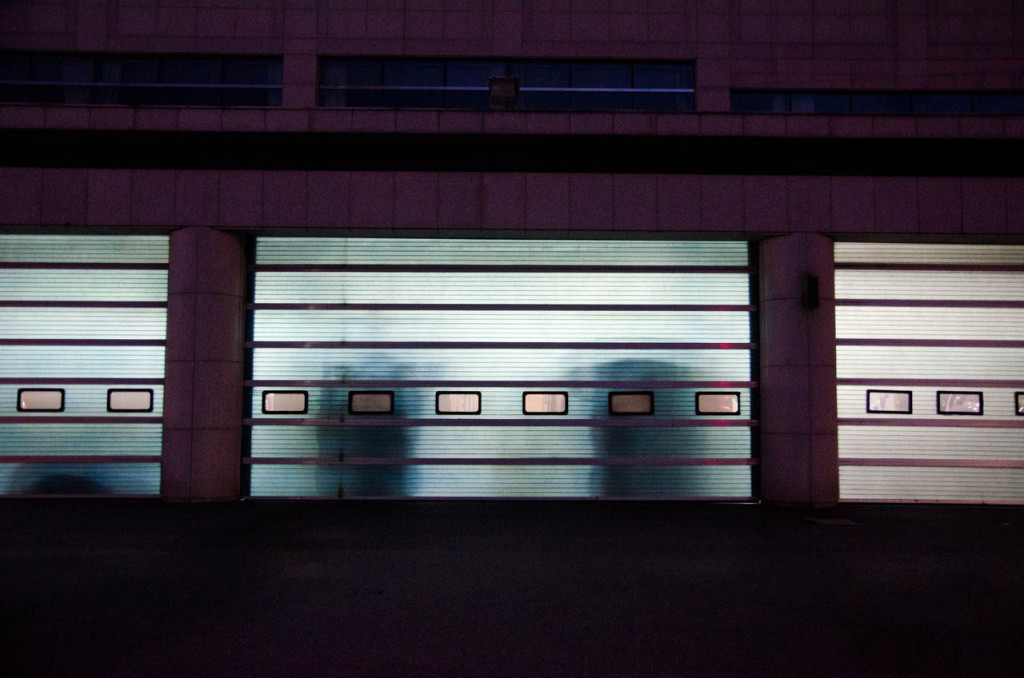 Shadows at a fire station.
Shadows at a fire station. 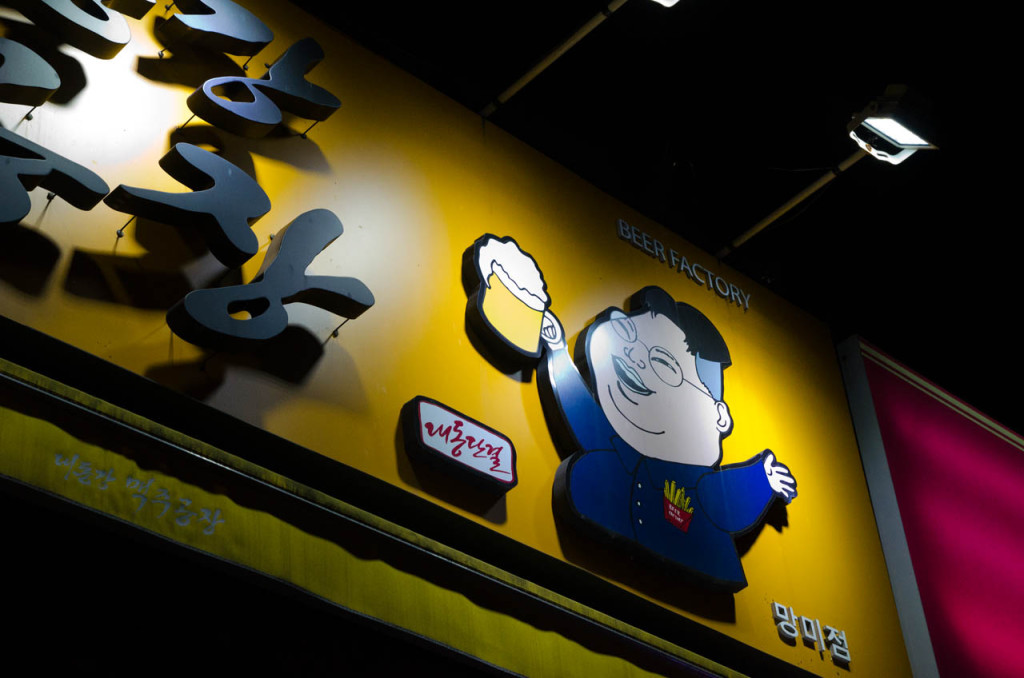 French fries, beer and indoctrination.
French fries, beer and indoctrination. 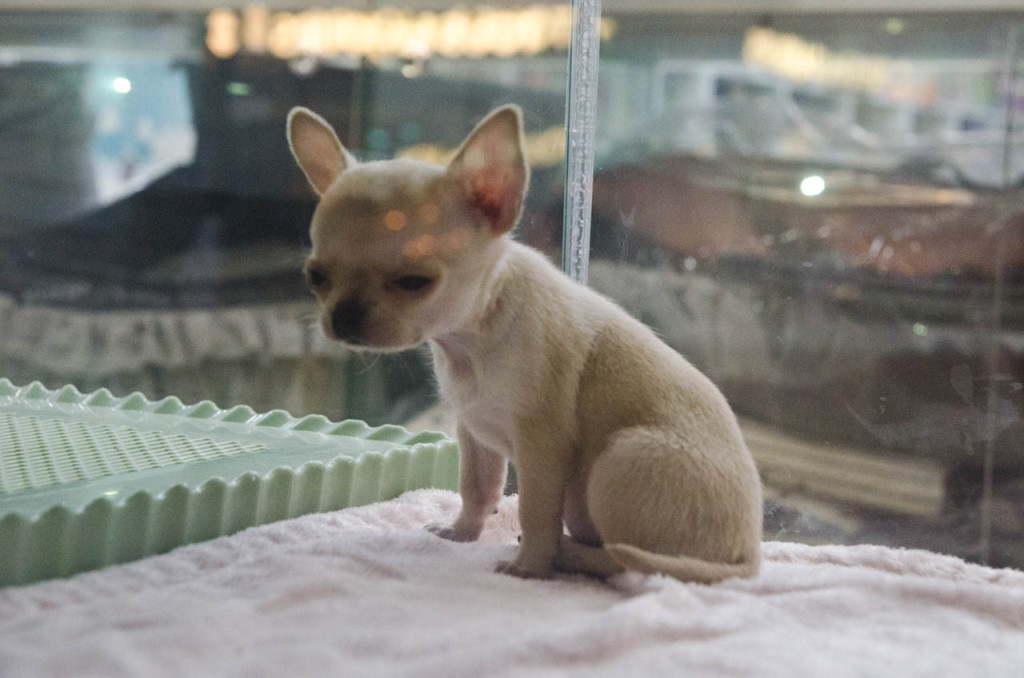 Sleepy doggers, pet shop.
Sleepy doggers, pet shop.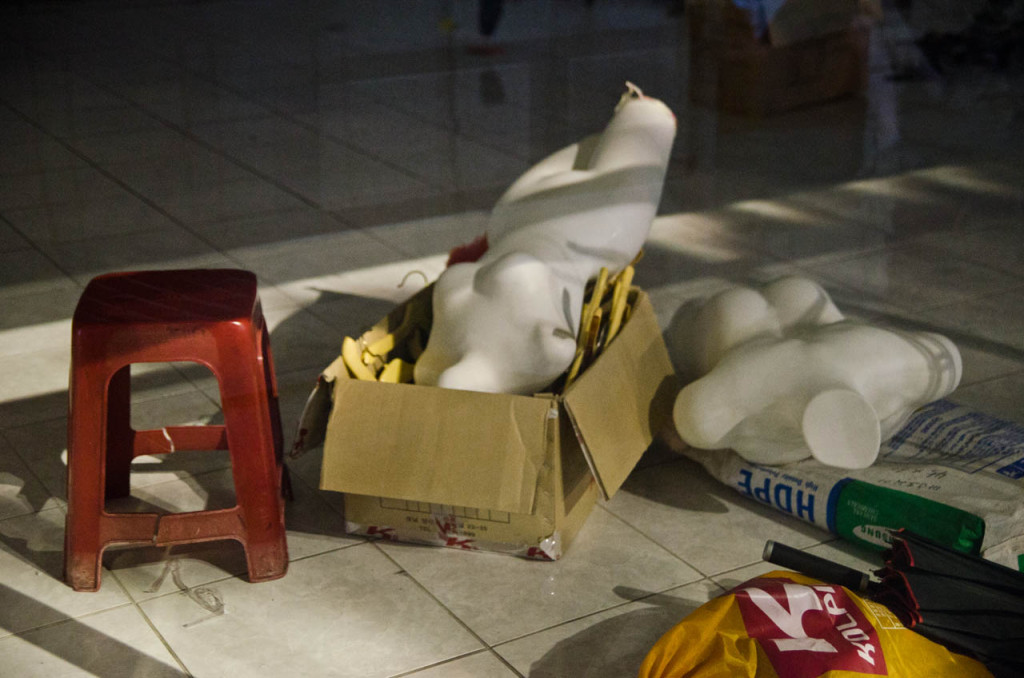 Manikins. Suyeong intersection.
Manikins. Suyeong intersection.
First saw this effect being used with still photos in Cocaine Cowboys (2006) Billy Corben
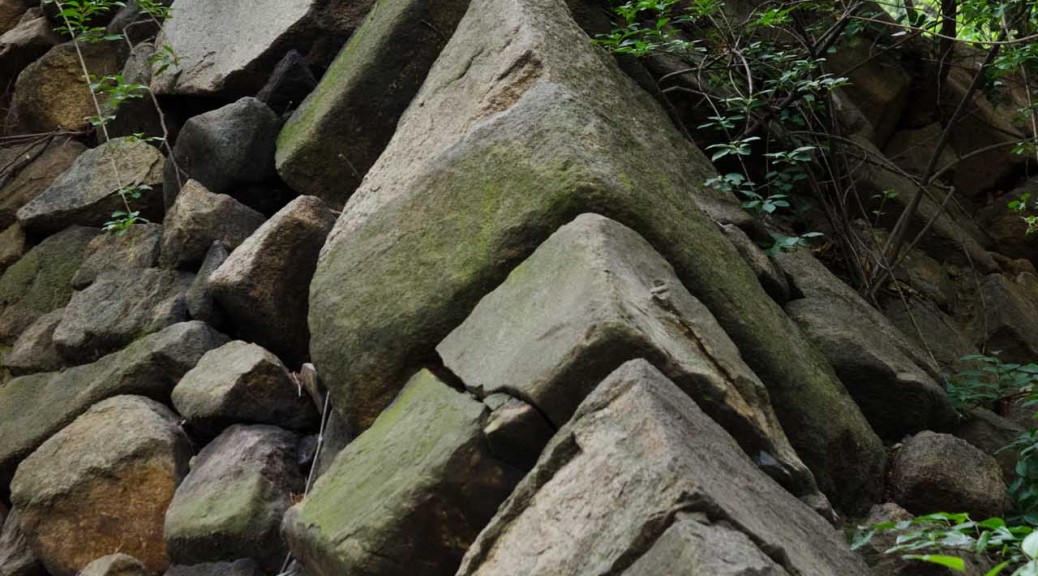
Headed over to Busanjin to explore the 400-year-old remains of a Japanese castle.
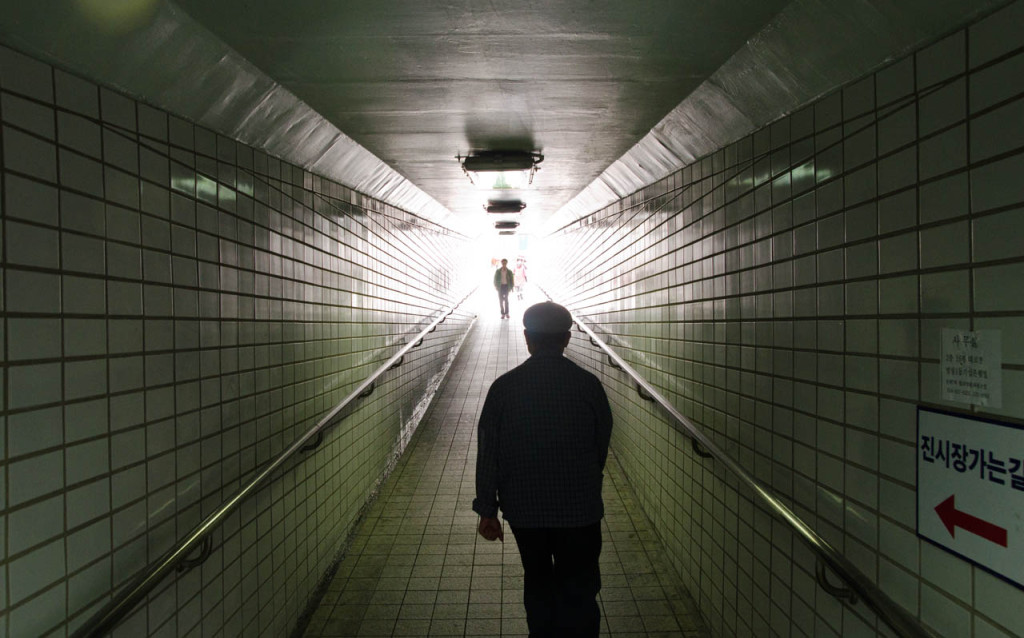 Found lots of walkers.
Found lots of walkers.
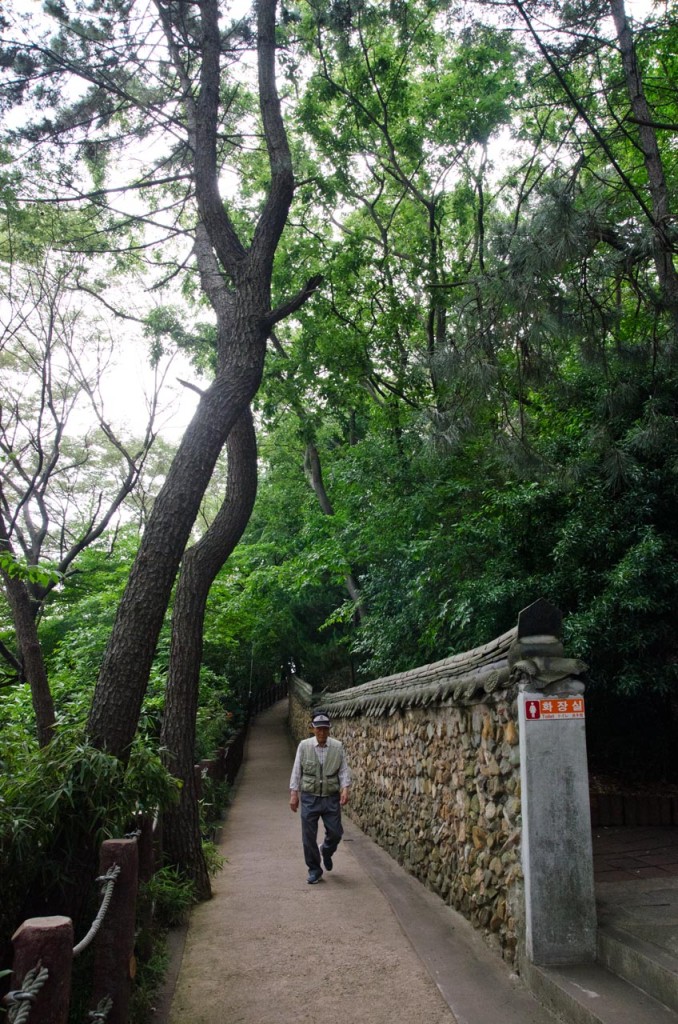
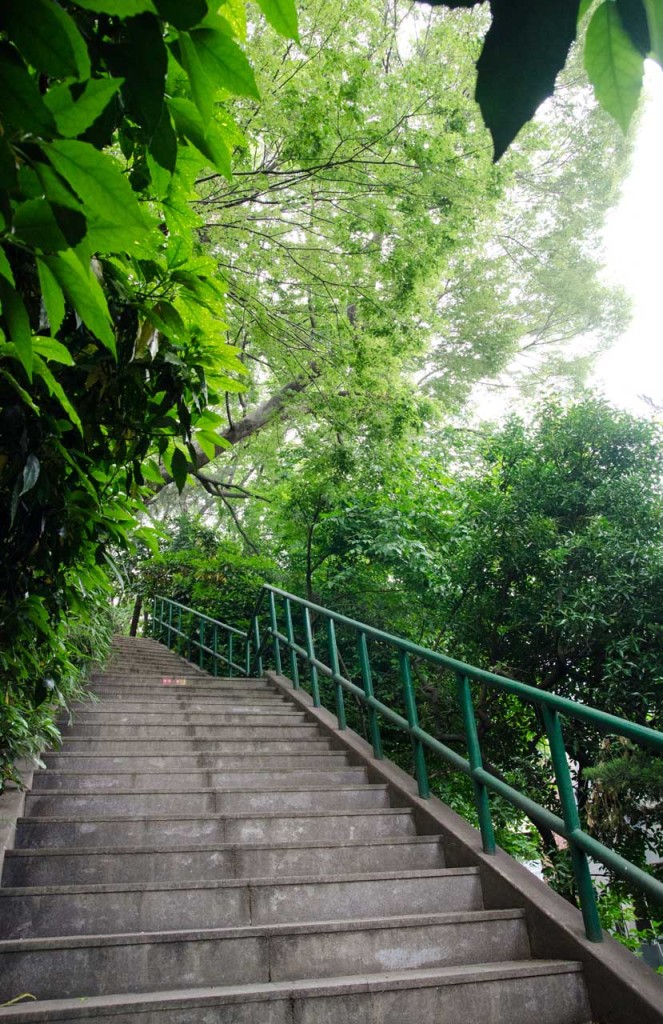 Found a couple of shrines.
Found a couple of shrines.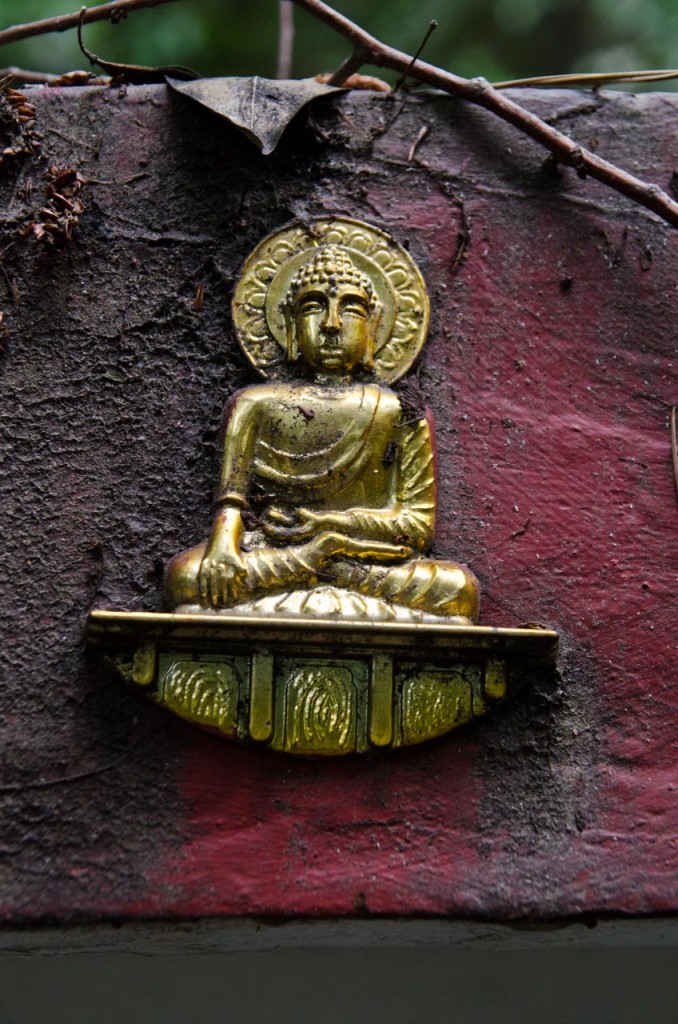
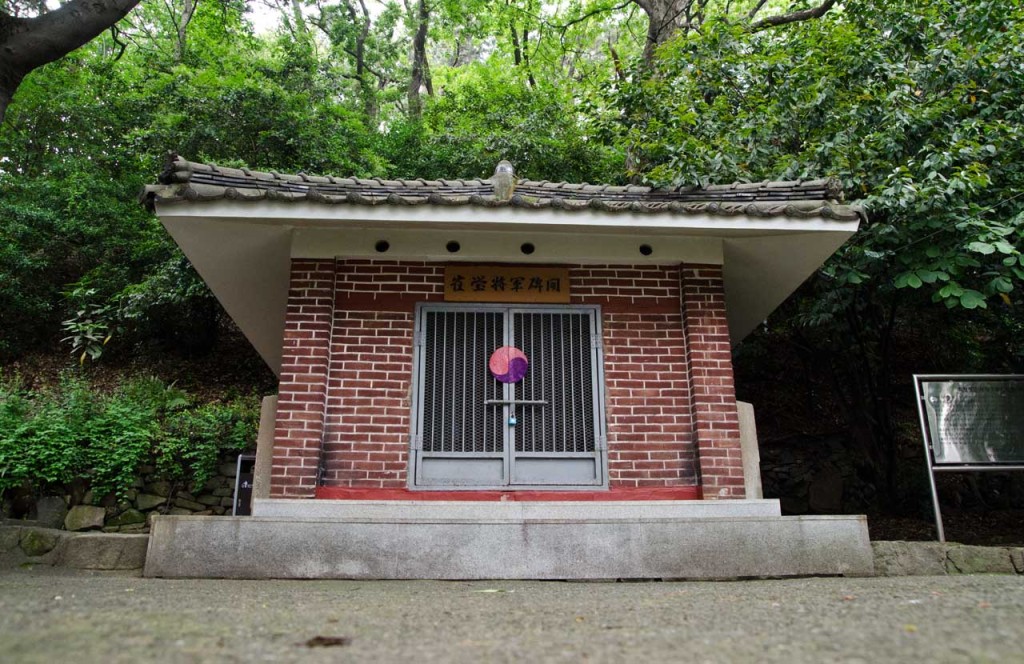
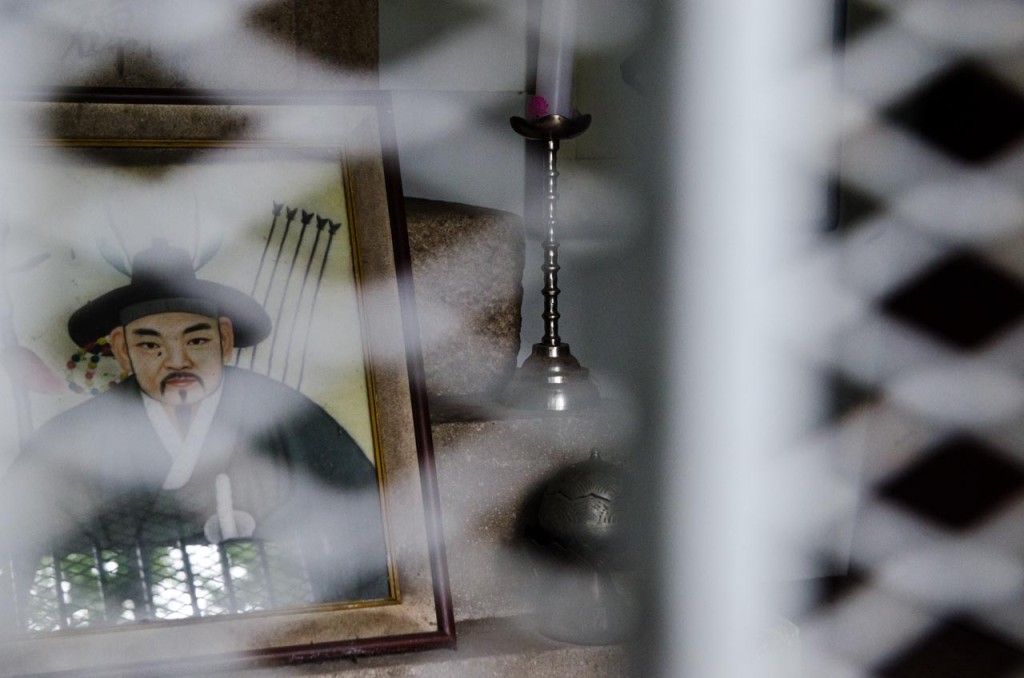 Got off the main path and followed the trail around the hill.
Got off the main path and followed the trail around the hill.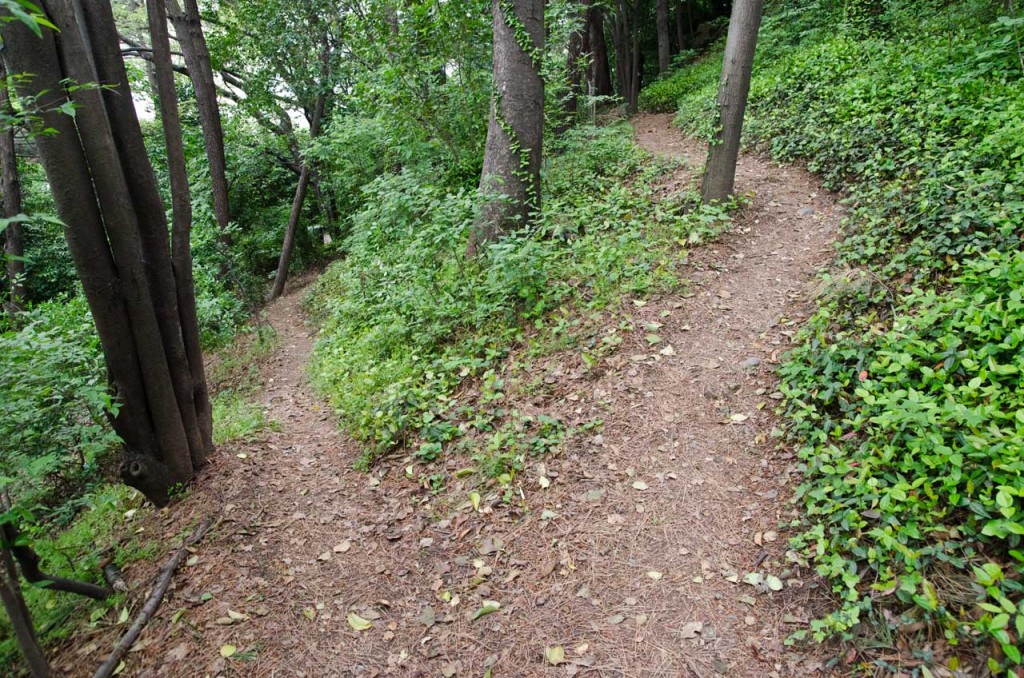 Found Mōri Terumoto‘s fortress walls.
Found Mōri Terumoto‘s fortress walls. 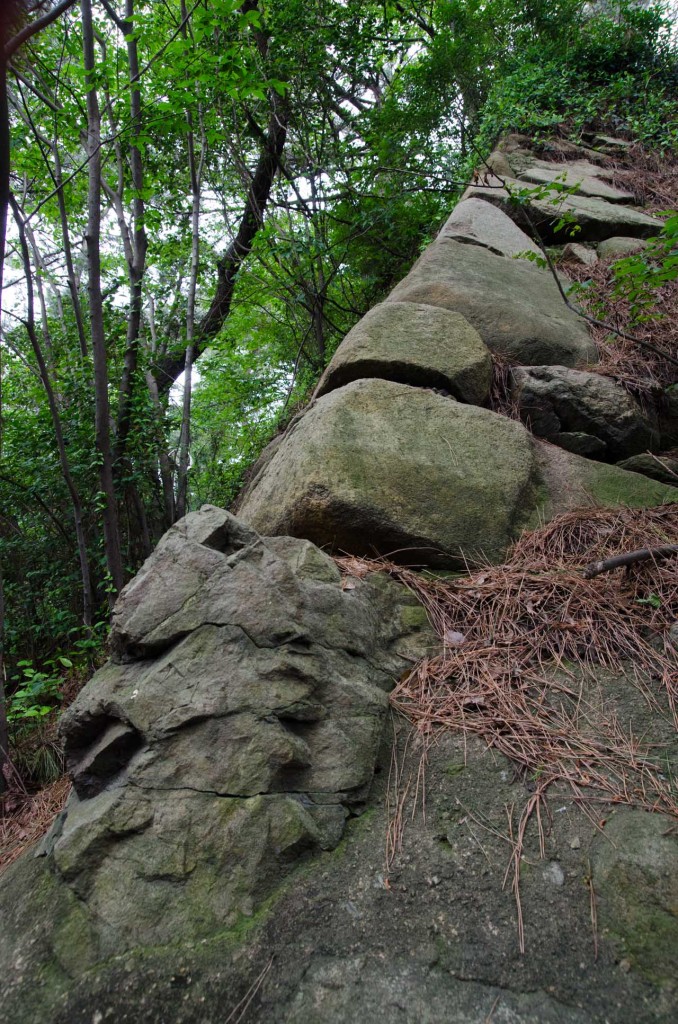
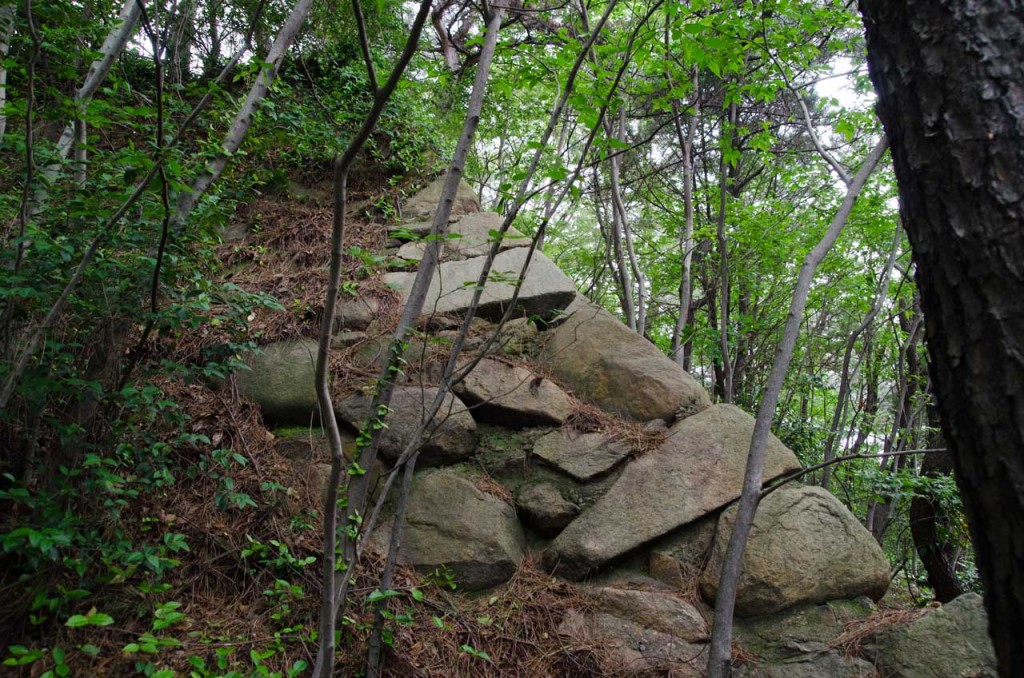
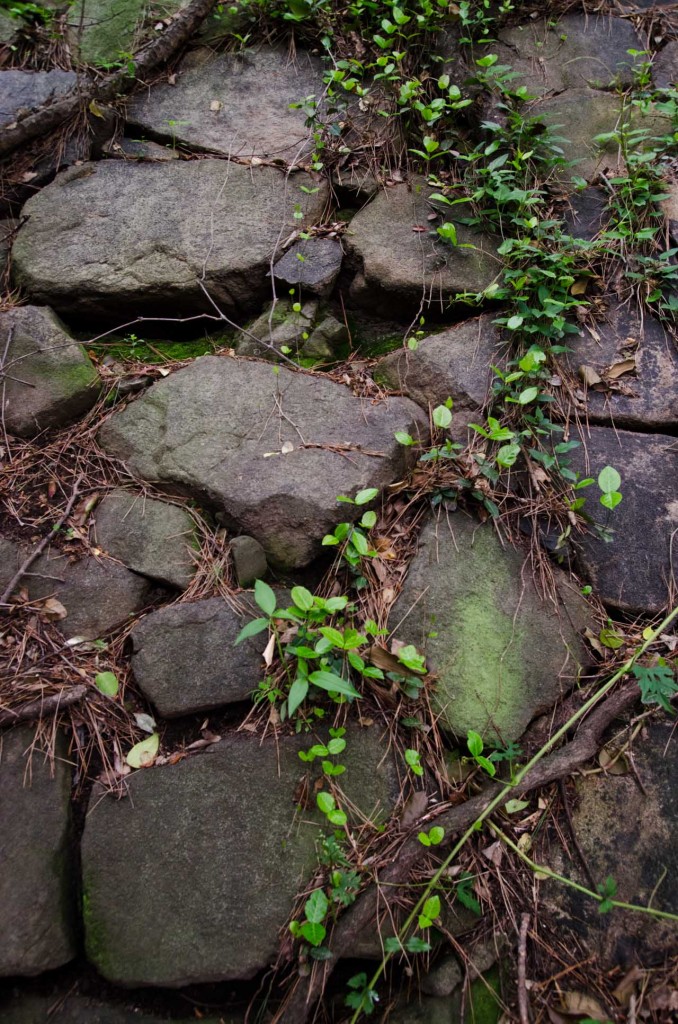
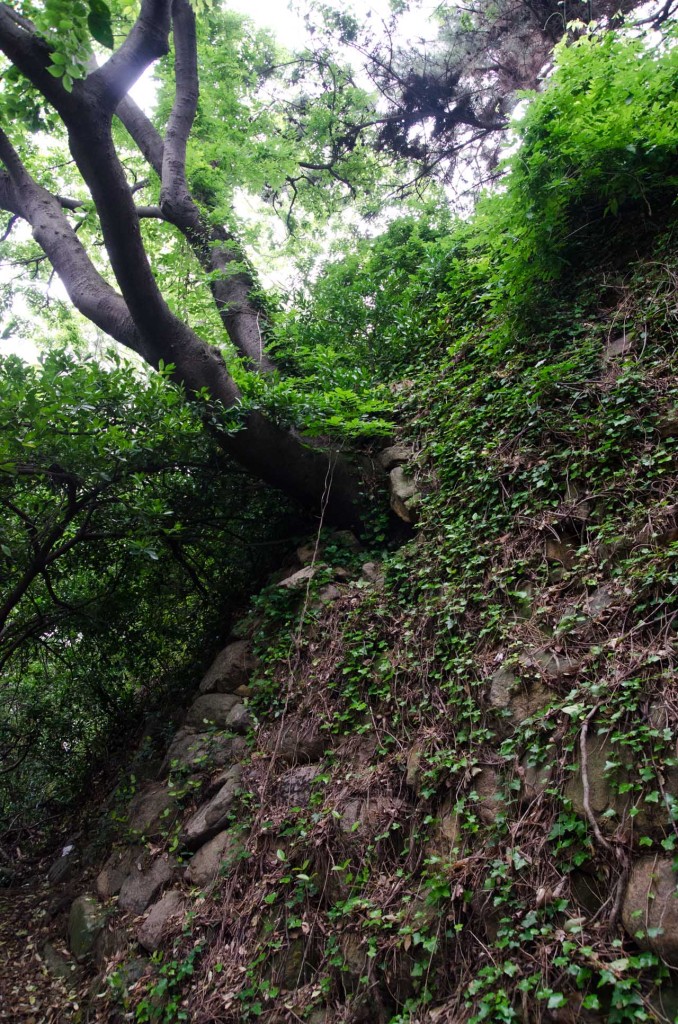
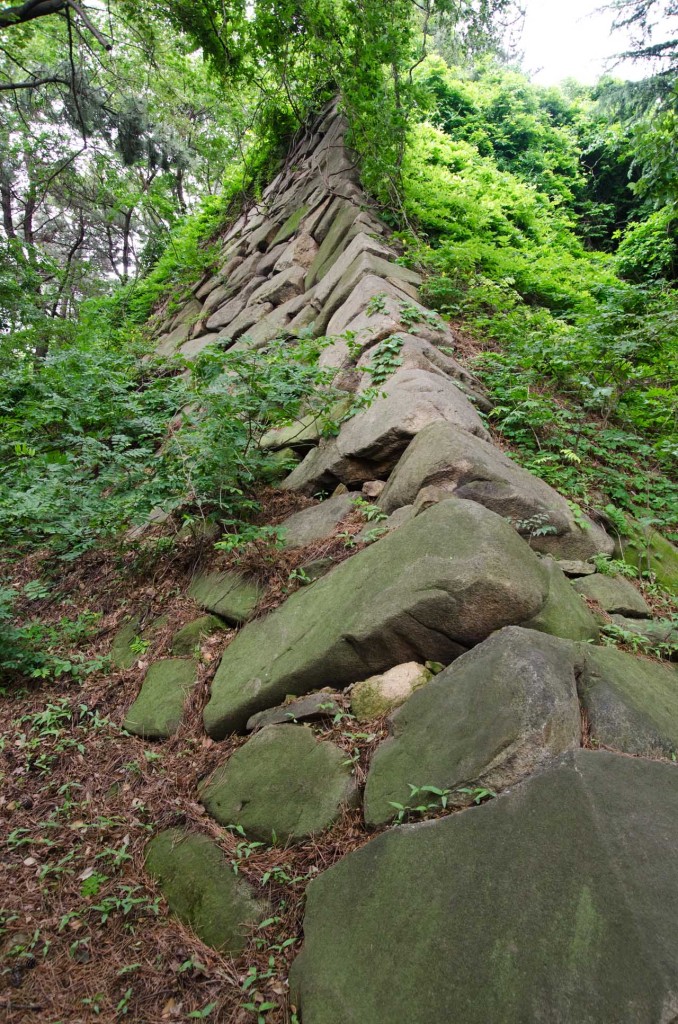
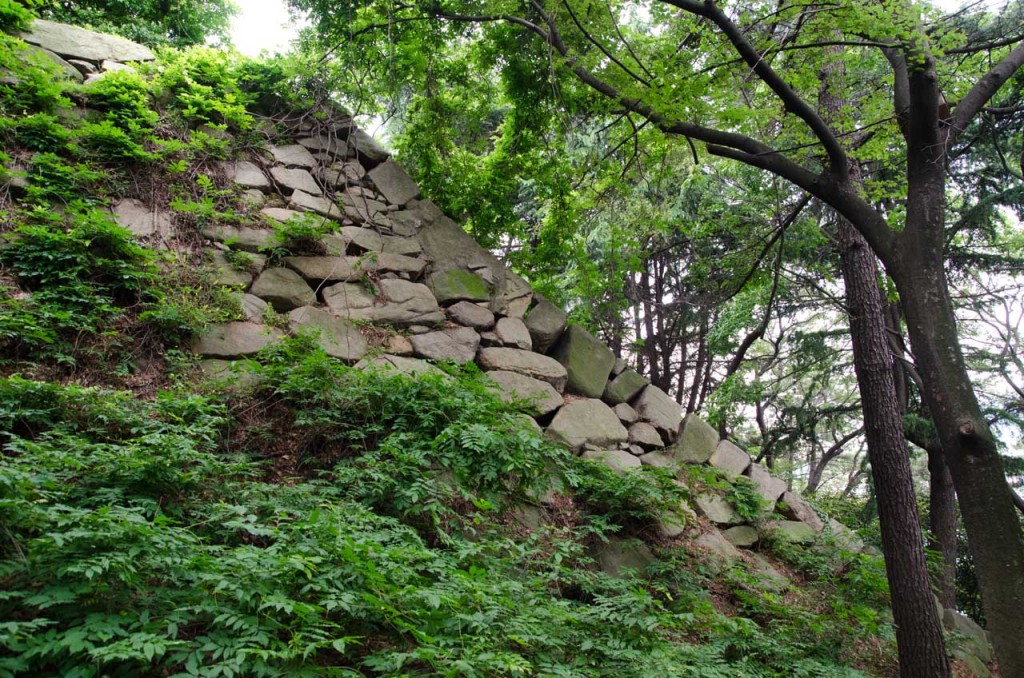
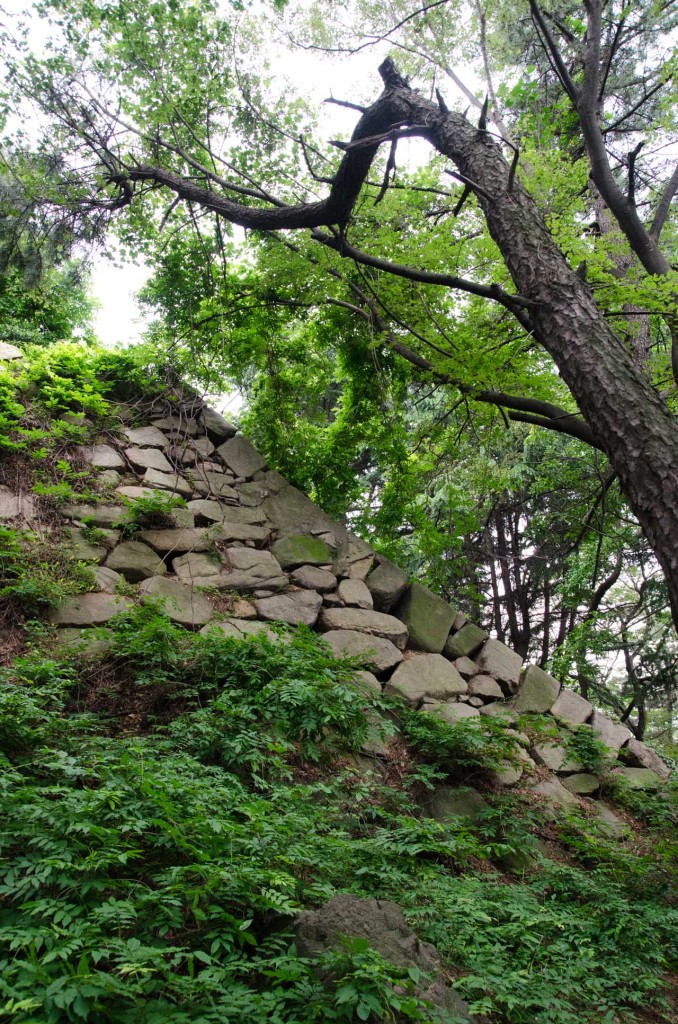 Jinjiseong at the top of the hill in the Korean style of contruction.
Jinjiseong at the top of the hill in the Korean style of contruction. 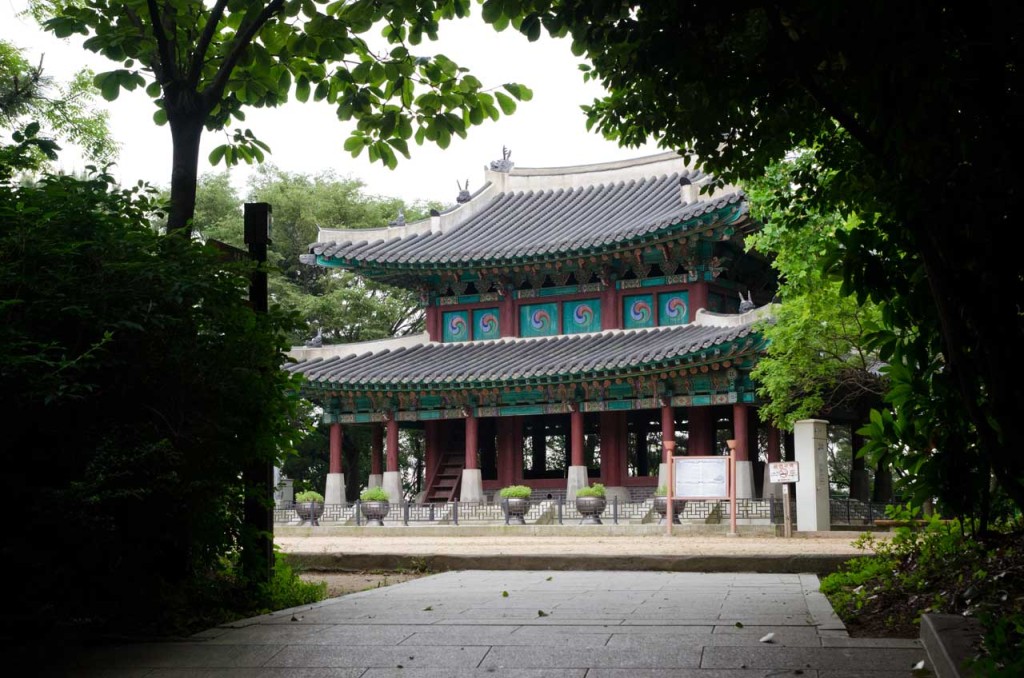
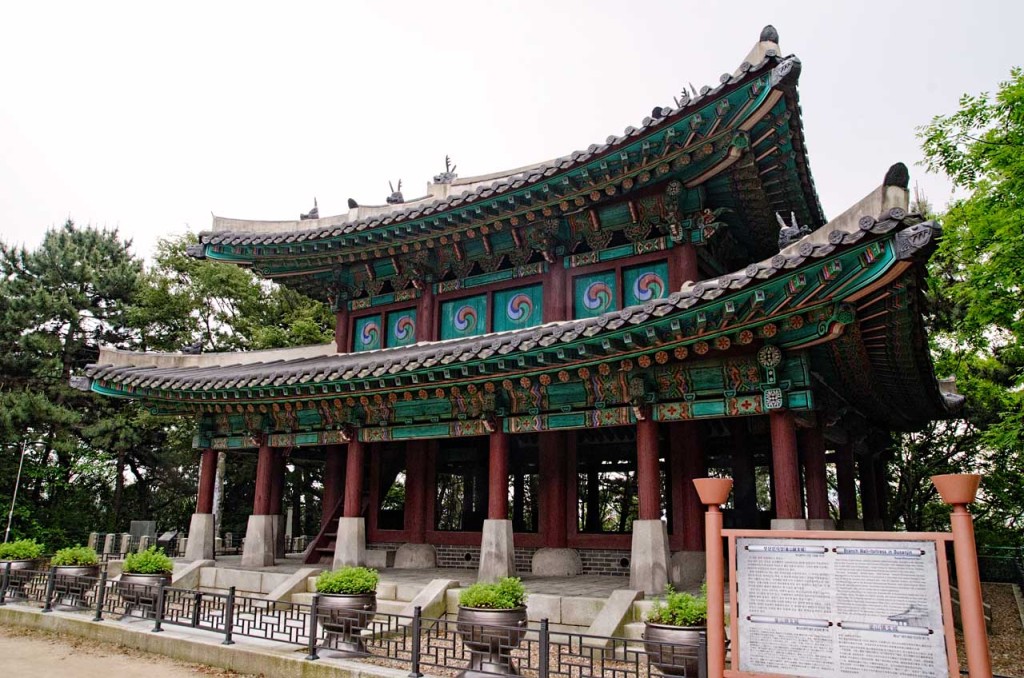
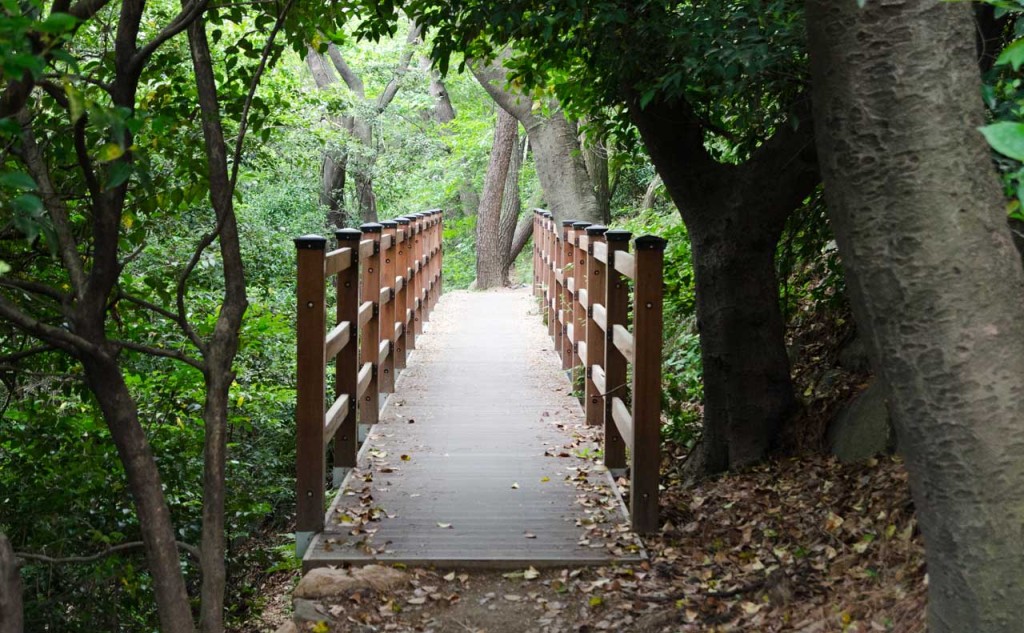
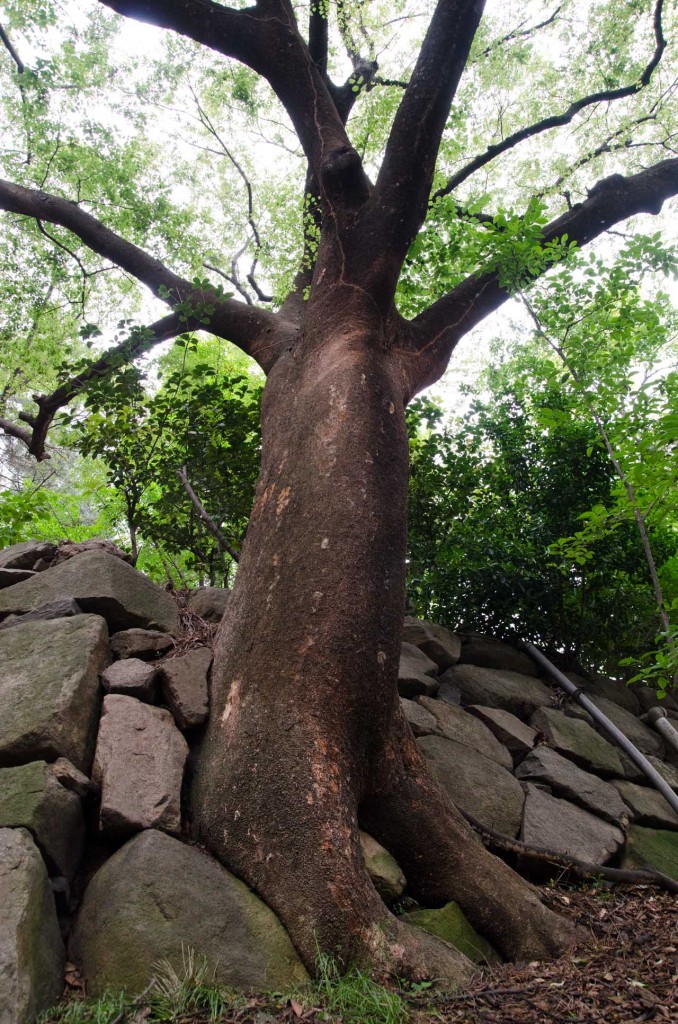
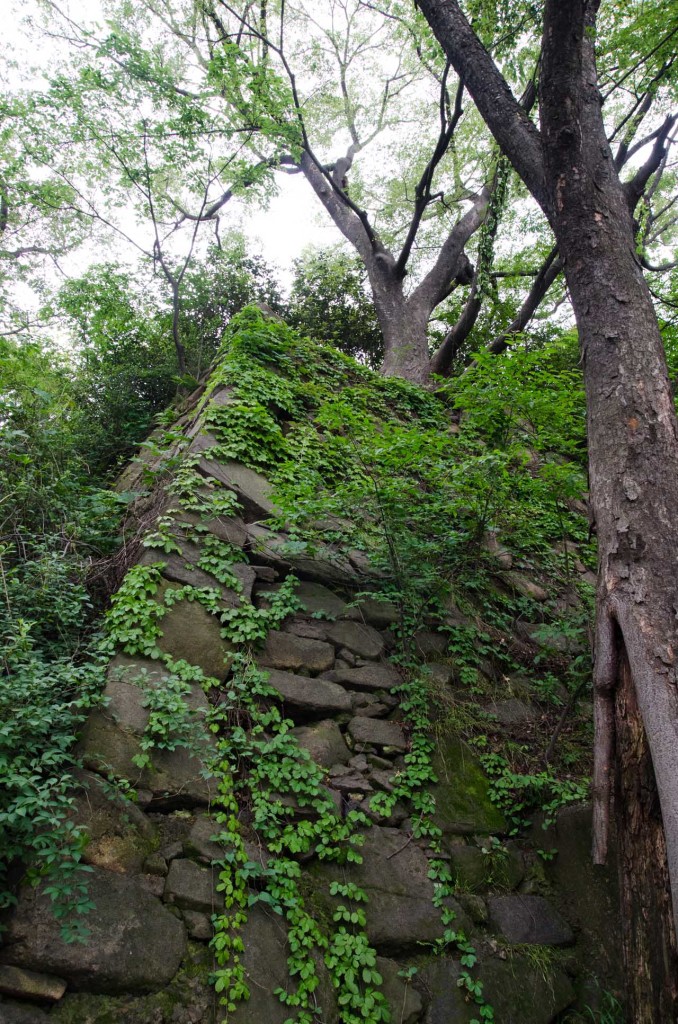
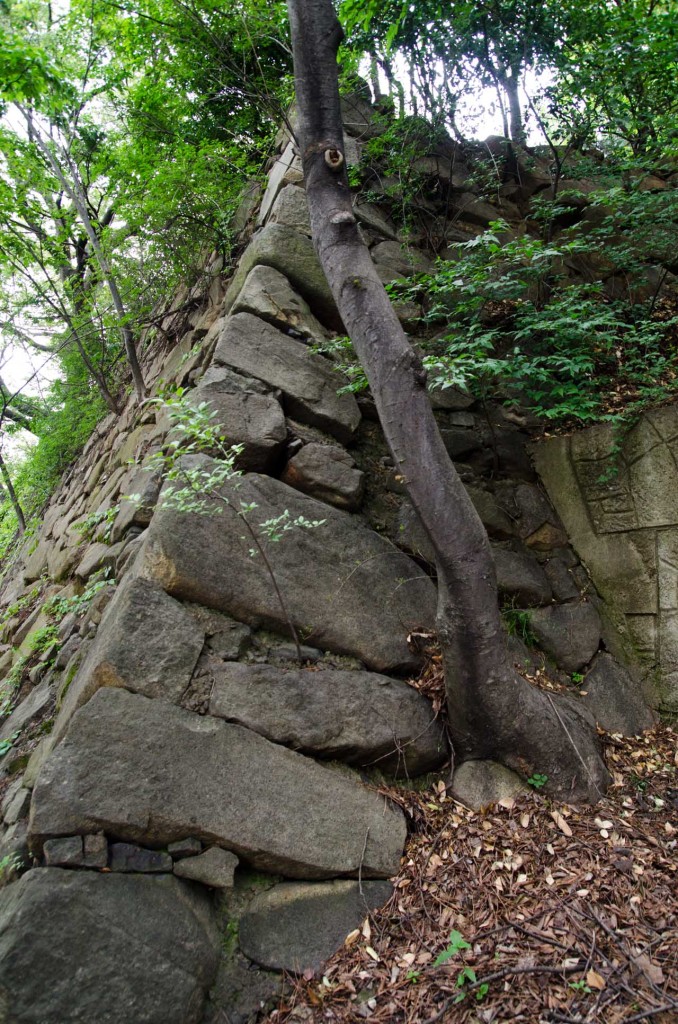
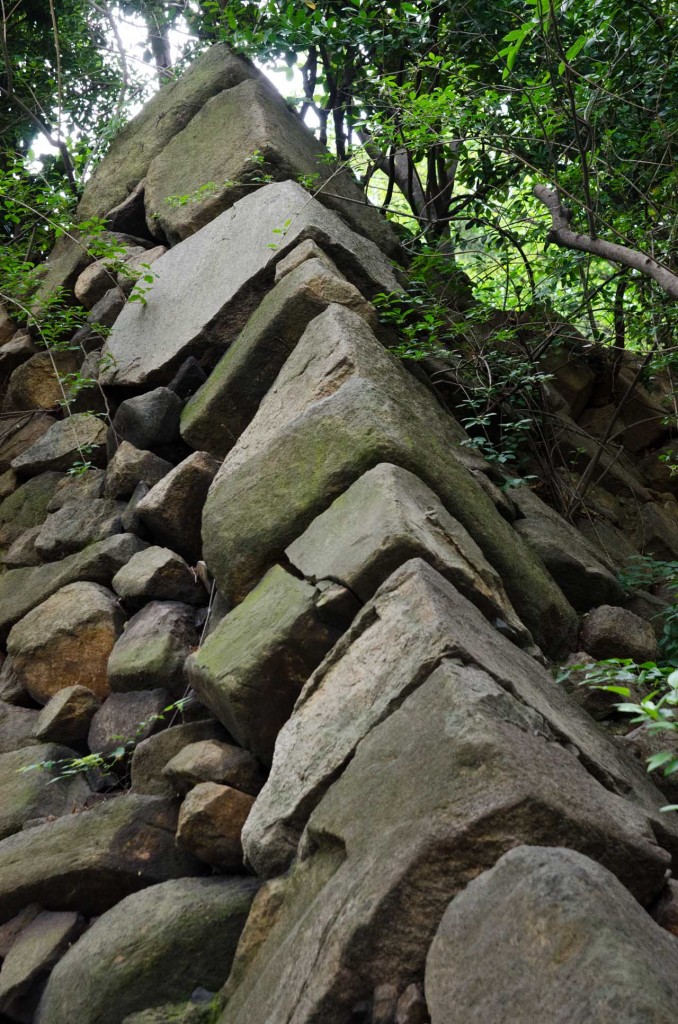
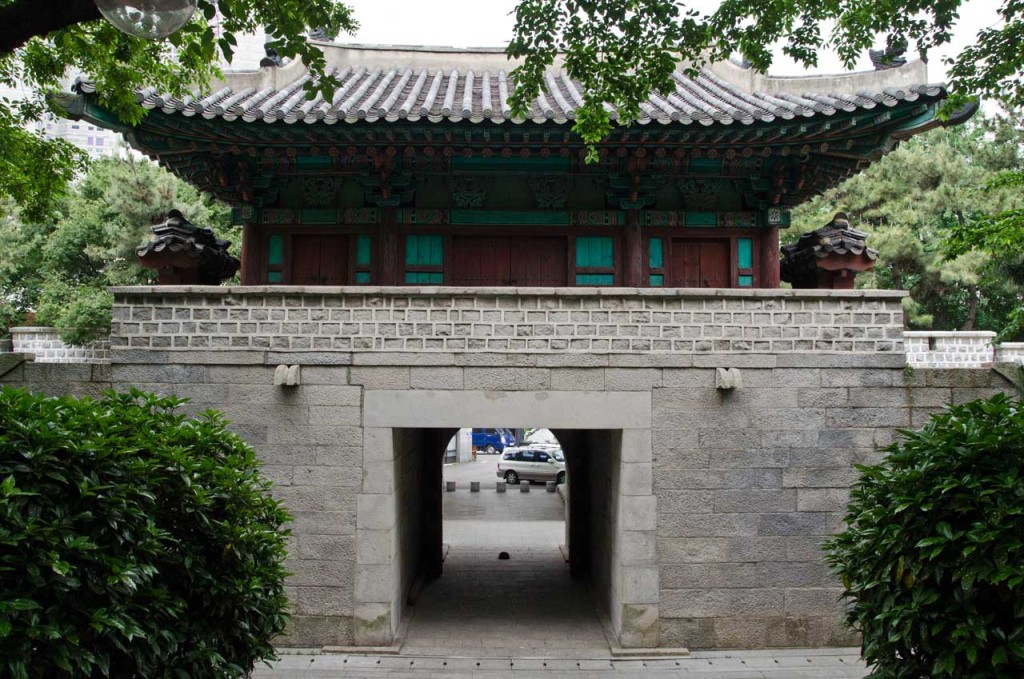 West Gate reconstruction (1974) in Korean style.
West Gate reconstruction (1974) in Korean style.
See Japanese Castles in Korea 1592-98 post.
See Fortress Cats post.
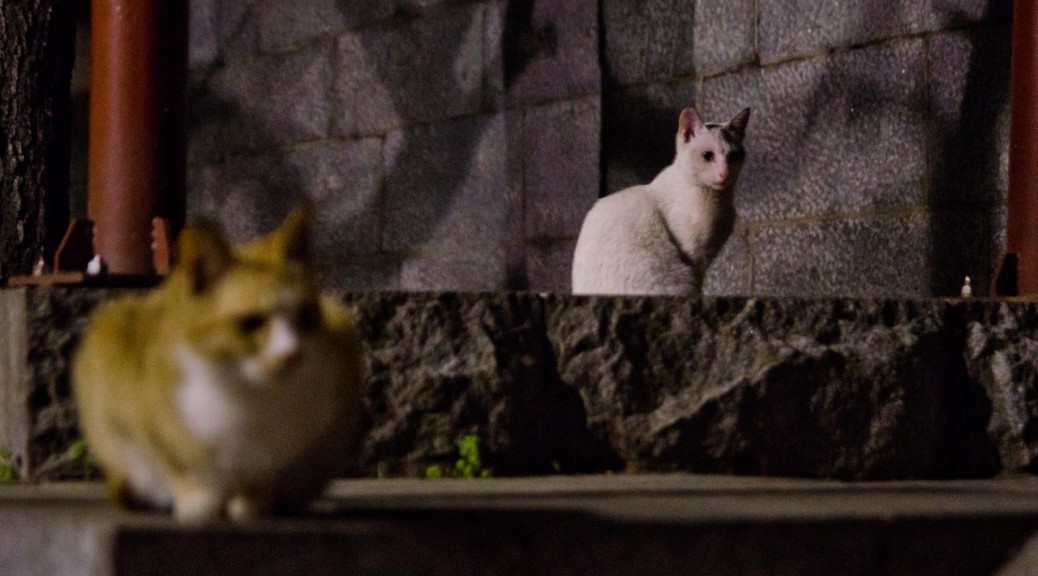
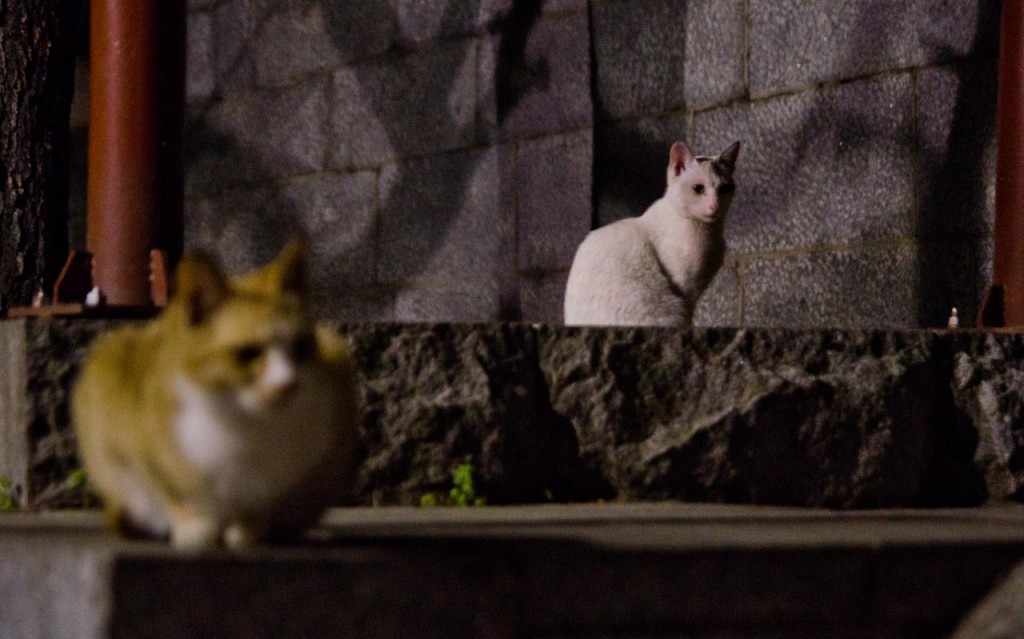
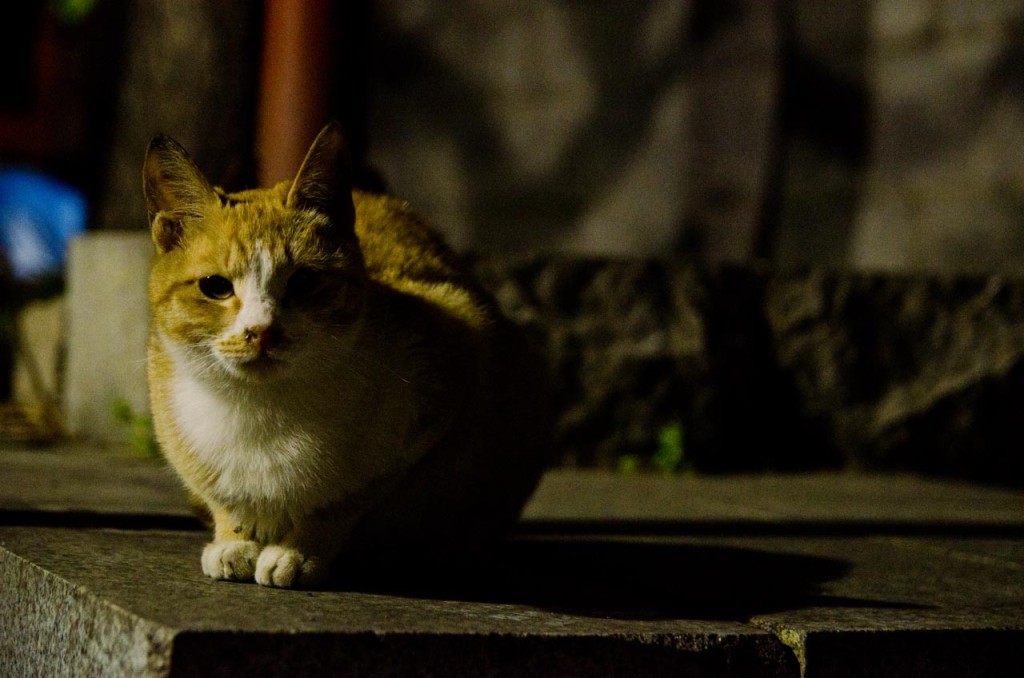
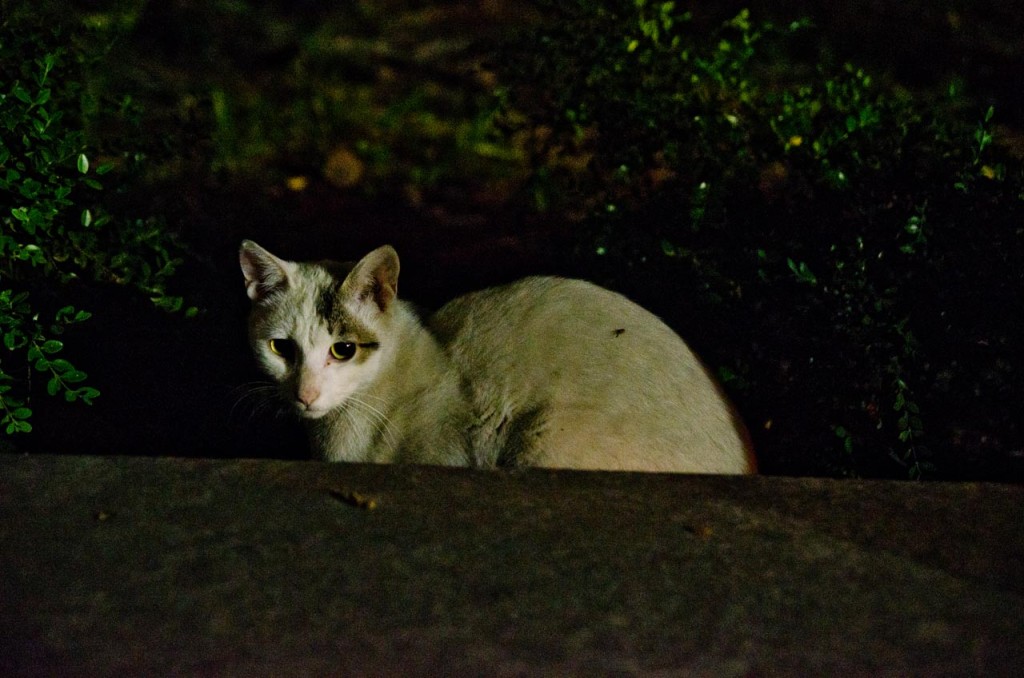
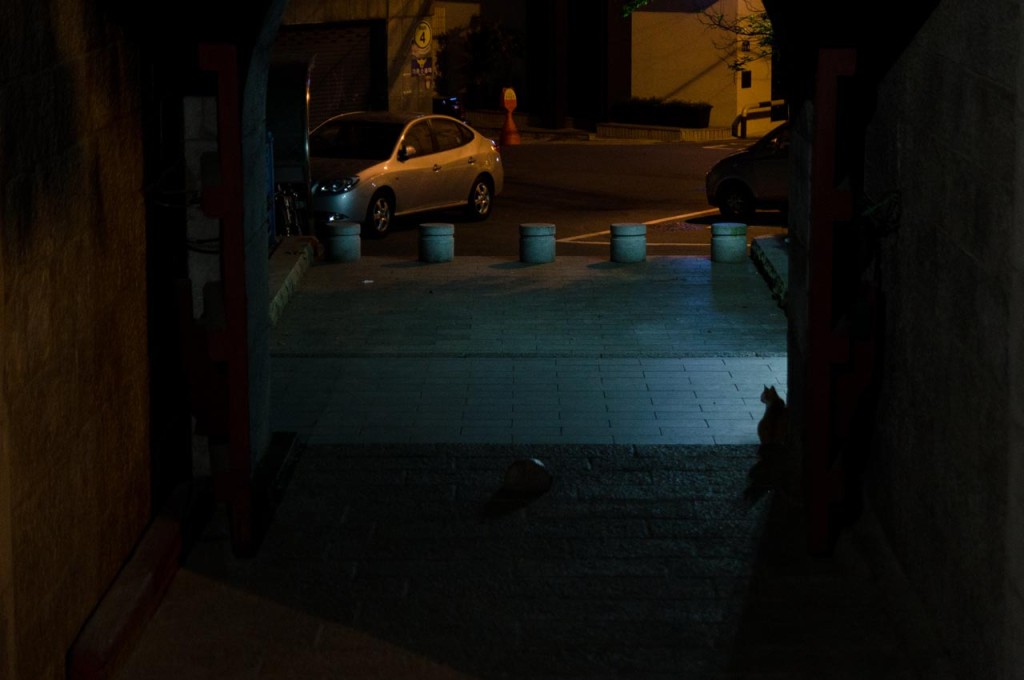 Feral cats guarding the remains of Jaseongdae (자성대, 子城臺) Fortress in Busanjin, Busan, South Korea. May 7. See Japanese Castles in Korea 1592-98 post. See Siege of Busanjin.
Feral cats guarding the remains of Jaseongdae (자성대, 子城臺) Fortress in Busanjin, Busan, South Korea. May 7. See Japanese Castles in Korea 1592-98 post. See Siege of Busanjin.
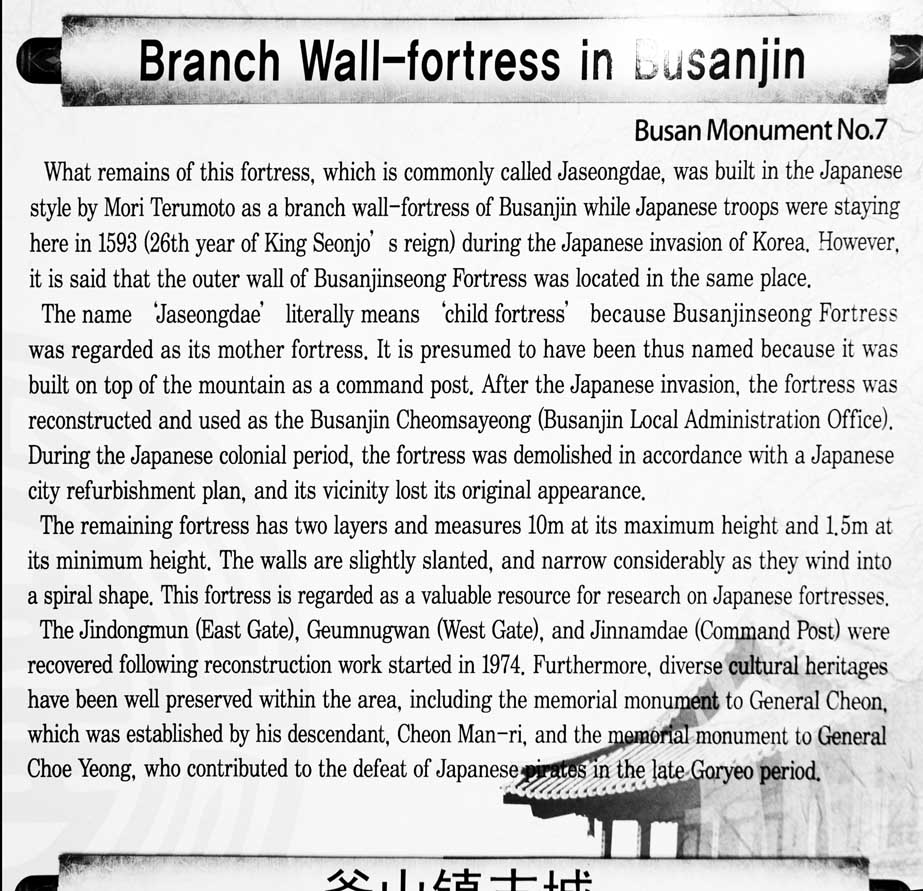
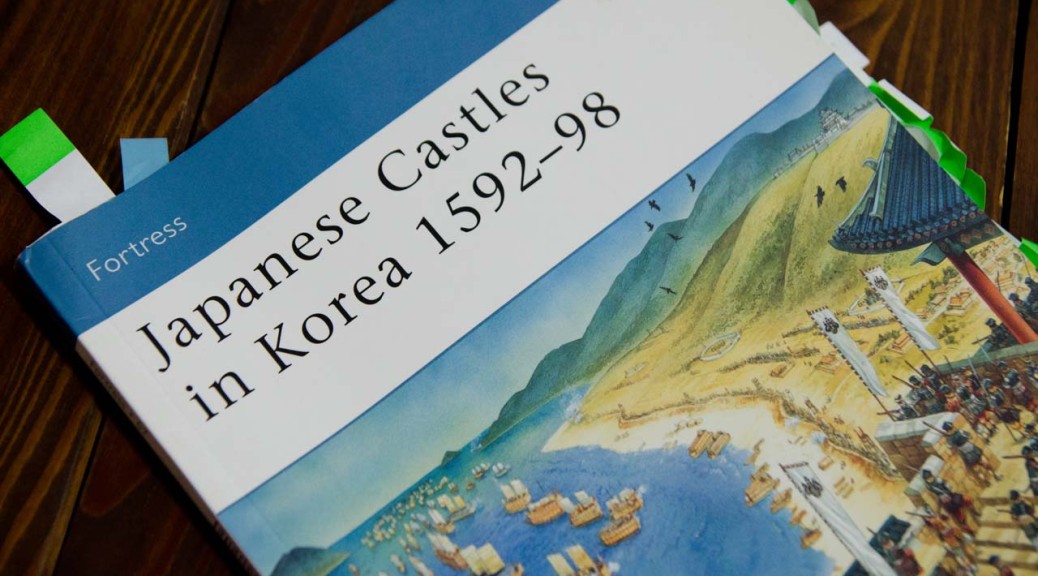
Turnbull, Stephen R., and Peter Dennis. Japanese Castles in Korea, 1592-98. Oxford: Osprey, 2007. Print.
Wikipedia list of Japanese castles in Korea.
Invasion led by the daimyo 大名 and general Toyotomi Hideyoshi (1536-98). p4
Korean Admiral Yi Sun-sin 이순신 (1545-1598).
Invasion began “When the Korean king refused to allow the Japanese” to pass through Korea to invade Ming China 明朝. p5.
Picture of site of wajo 倭城 of Yangsan and Hopo. p.5. (fortress 和城)
Map of castles in Jeolla and Gyeongsang province. p.6.
Picture of site of wajo of Ulsan. p.7.
“Busan Castle, an extension of the city wall on the edge of the sea, was in fact one of the best examples of a Korean fortress,” p. 9.
See Siege of Busanjin.
Dongrae Eupseong 동래읍성 東萊邑城 (fortress) may have been just a mountain fortress/sanseong 산성 山城 at the time of the invasion (?) p. 9.
The Japanese used Arquebuses p. 9.
Sketch of Ungcheon harbour p. 9.
Korean guerrillas p. 10.
Jinju fortress (first siege of Jinju “Korea’s greatest land victory of the war”) p. 10.
Picture of hill of Jaseongdae, Busanjin 부산진지성. p.11.
See wikipedia entry for Jaseongdae.
Yi Sun-shin impressed by the eupseong 읍성 of Ungcheon 웅천 p. 11.
Castles in Japan: “jinaimachi or temple towns associated with the self-governing communities of the True Land sect of Buddhism and defended by their Ikko-ikki armies” p.13.
Jinaimachi town near Osaka.
Pure Land Buddhism wikipedia entry
Fortress defense: “tora no guchi (tiger’s mouth) gateway passage” with a “90-degree turn” p.13.
Castle of Gupo drawing. p.14.
Clay was used to make the defense structures of a castle fireproof. p. 15.
Three Wajo in Geoje island. p. 16.
Seosaengpo 서생포 (Ulsan) p. 17.
“Seosaengpo was the most important Japanese castle in Korea.” p. 19.
Japanese fortresses in Tsushima. p. 18.